Your eyes slowly adjust to the darkness as blue hour descends upon the city below you. After a lengthy, uphill hike, you’ve made it to Jemaa Bouzafar, the small, historical mosque restored in 2013. You stop for a moment as your raise your camera; your vision gets lost in the blue hues of the medina. Welcome to Chefchaouen, Morocco, North Africa’s blue city.
Written and photographed by Michael Bonocore. Follow him on Instagram and Facebook.
This article originally appeared in the Spring 2017 issue of Resource Magazine. You can purchase a copy or a annual subscription here.
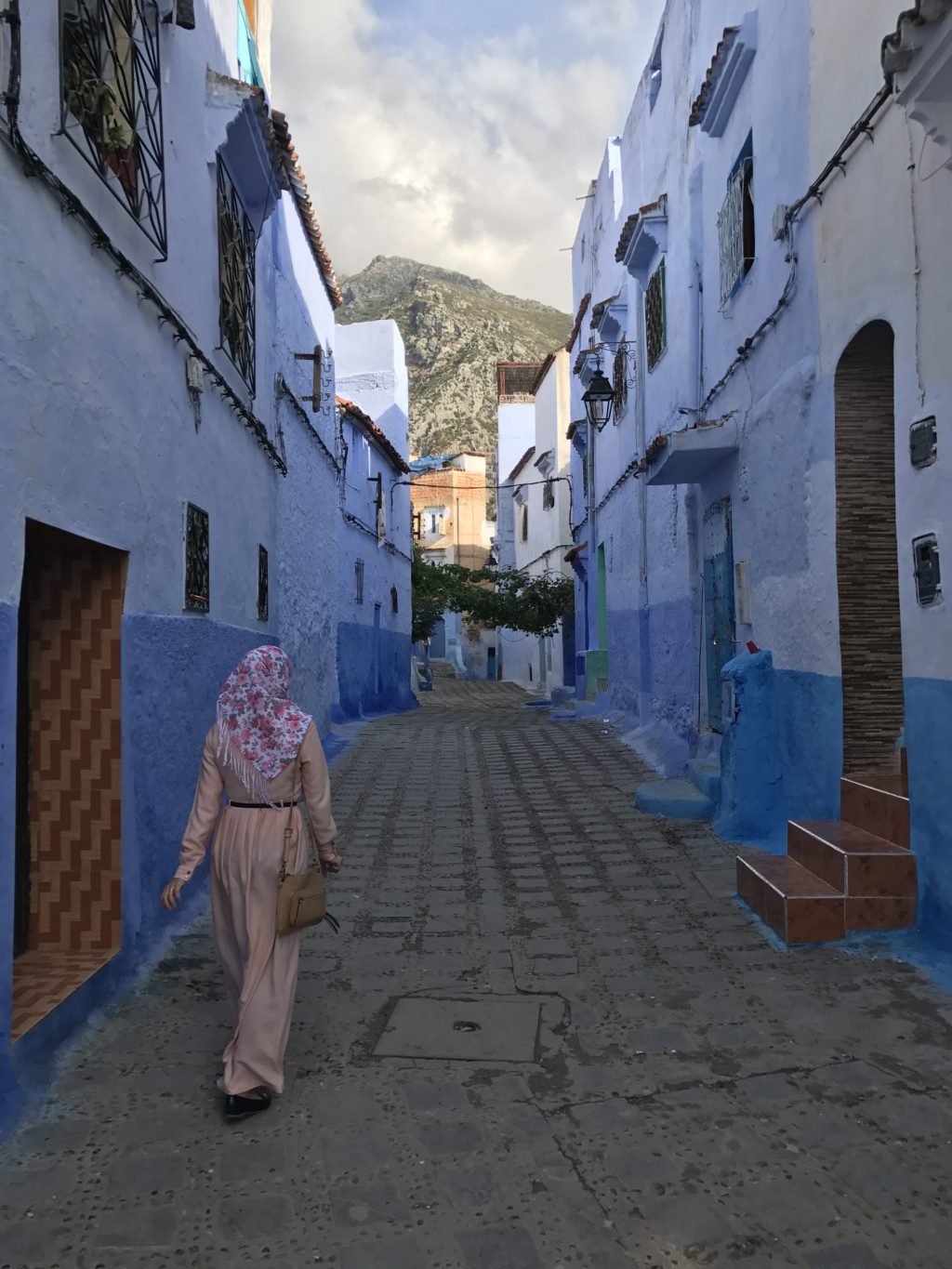 History
History
Like most cities in Northern Africa, Chefchaouen has a long, storied history. Founded as a small fortress in 1471 to fight against a Portuguese invasion of Northern Morocco, the quaint town welcomed Moorish and Jewish exiles from Spain, before the Spanish eventually claimed Chefchaouen in 1920. After Morocco gained its independence in 1956, the Spanish returned governing of the town to the Moroccans. It is said that the idea to paint the town’s buildings blue came from Jewish refugees, who thought of the color as a symbol of the sky and heaven. In addition, the blue color is also said to repel mosquitoes.
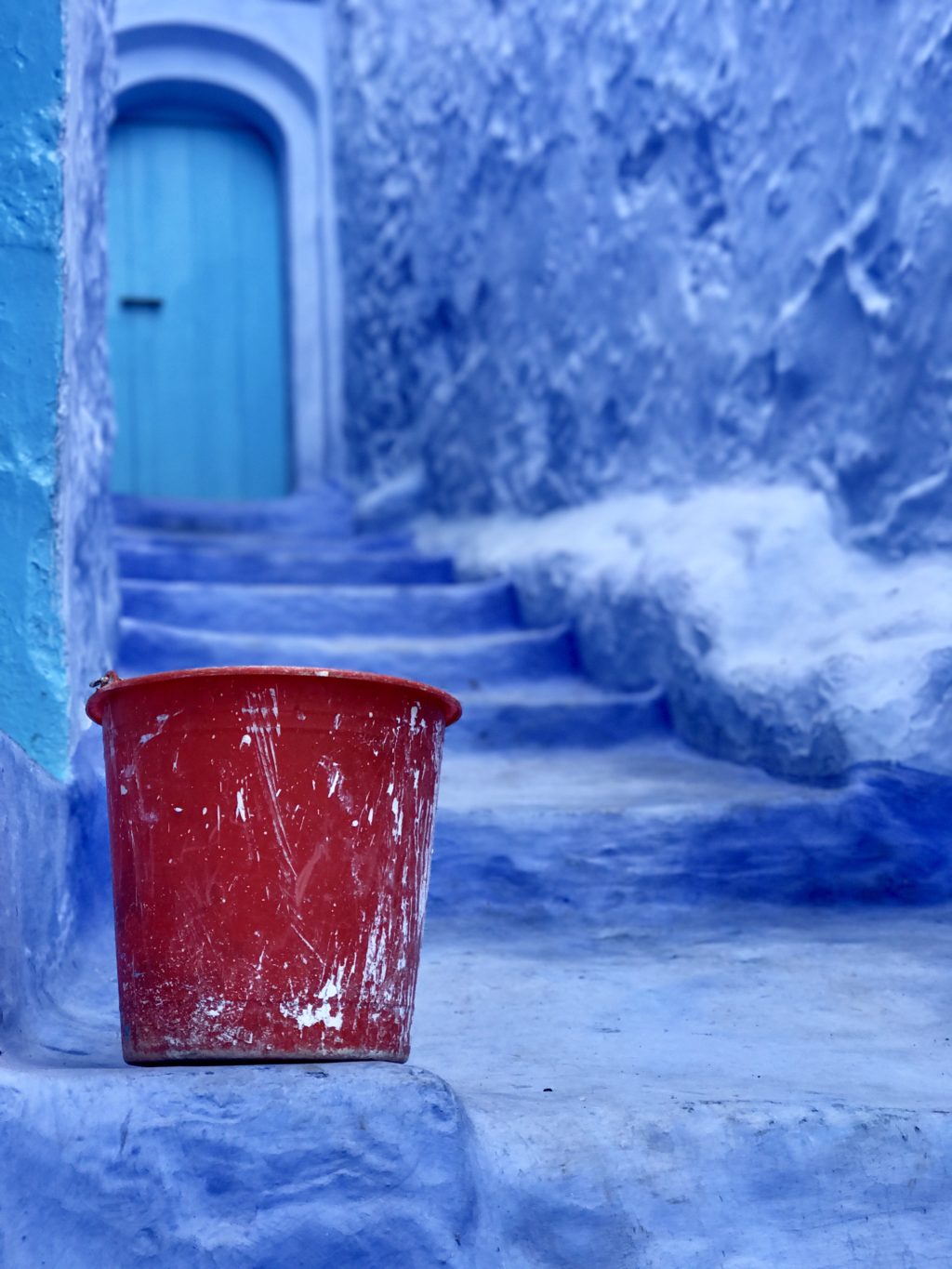 Travel
Travel
Located in the Rif mountains of Northwest Morocco, Chefchaouen (or Chaouen for short) is a relatively inexpensive location to reach for U.S. tourists. Since Chaouen does not have an international airport, visitors must fly into other cities and take a bus or taxi to the Blue City. The closest major city and airport is in the coastal city of Tangier, which is about a two to three hour drive from Chaouen. A round trip ticket to Tangier from San Francisco costs around $1,200 while a round trip ticket from New York’s JFK is about $1,400. But there is a cheaper alternative if you don’t mind a longer trek to Chaouen. Casablanca, Morocco’s main international airport, can be accessed from JFK for under $900 and the drive is just under 5 hours.
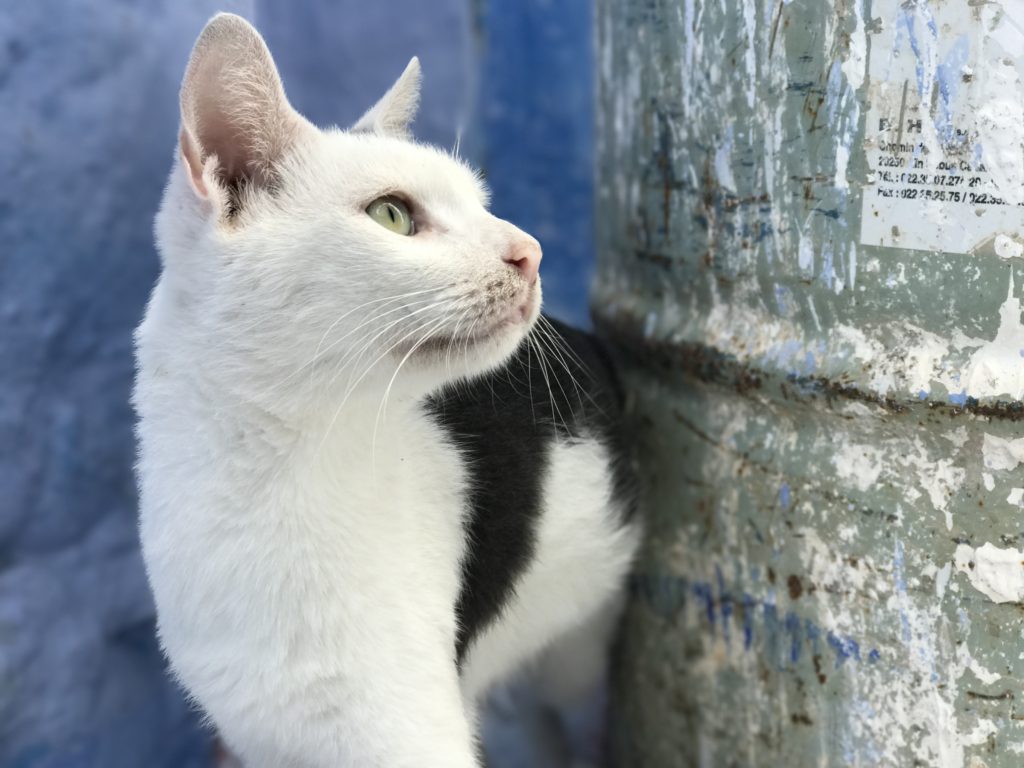 Getting Around
Getting Around
You certainly don’t need a car to explore the Blue City. Roads are, for the most part, non-existent throughout the old town, consisting primarily of alleyways that can, at most, accommodate motorbikes. If you do plan on venturing out of the city, however, a rental car is helpful, but parking close to your Riad (a traditional Moroccan house or “hotel”) can be difficult. Taxis are also readily available if you’d prefer to avoid the hassle of driving altogether.
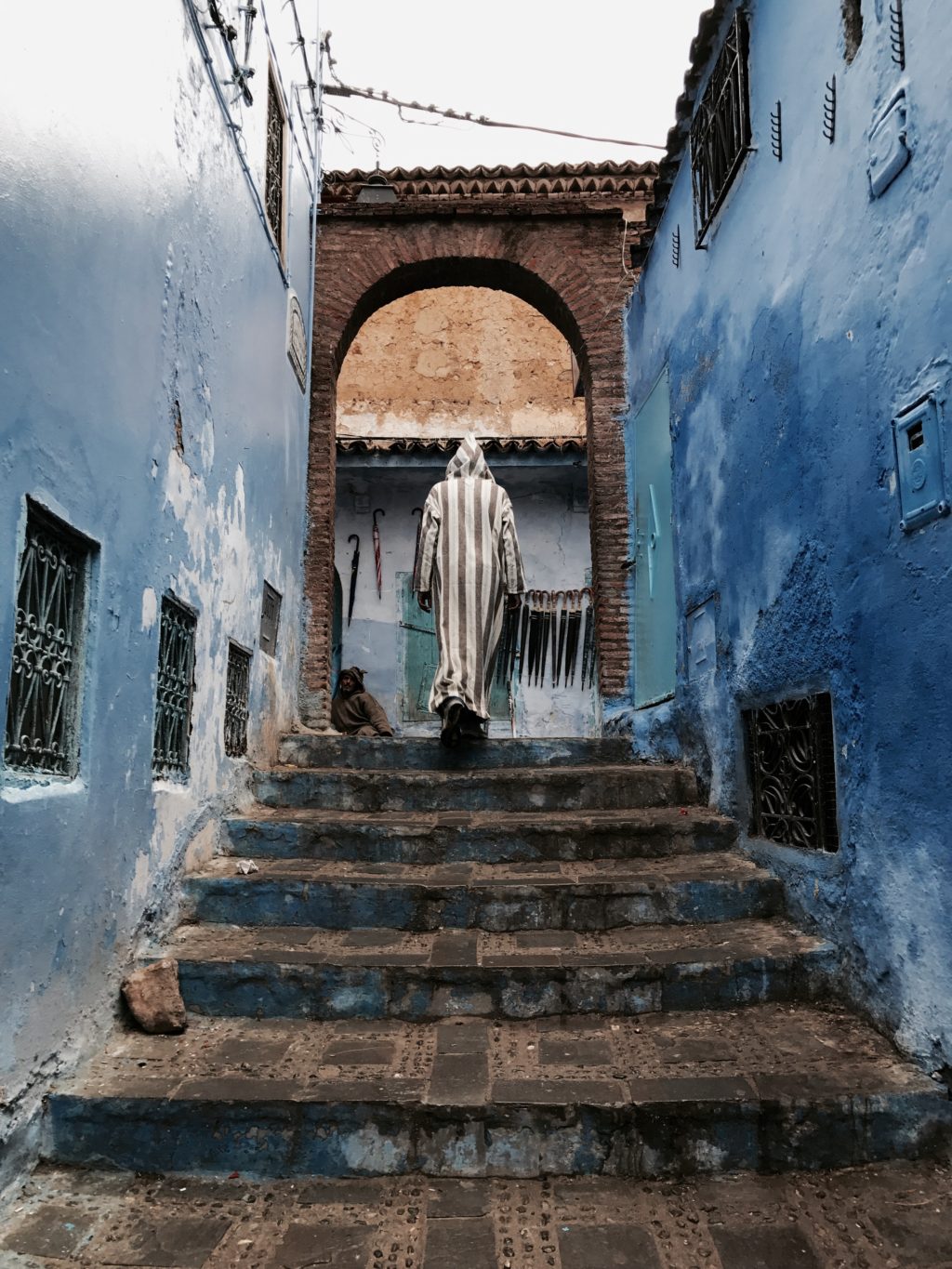 When to Visit
When to Visit
The fall and spring seasons are the most ideal times to visit Chaouen. In May and June, high temperatures fall between 74 and 85 degrees Fahrenheit. September and October typically average between 80 and 85, but with a bit more rain than the spring months. The wettest season occurs throughout December and January, so be prepared with a solid raincoat if you plan on visiting during the winter.
Where to Stay
Hotel Hicham: http://bit.ly/2jIJ5zL +212 642-881370
Dar Laman: www.airbnb.com/rooms/15494063 +212 668-440900
Where to Eat
Chez Hicham: http://bit.ly/2k5MMTw +212 642-881370
Restaurant Beldi Bab Ssour +212 660-261128
Aladdin Restaurant: www.aladinchefchaouen.com +212 539-989071
HOT SPOTS
The Medina
The Medina, or city section of a North African town, is the centerpiece of your stay in Chefchaouen. The streets are narrow and maze-like, allowing travelers and photographers to wander for hours with no shortage of scenes to photograph or alleyways to explore. For centuries, the buildings have been painted powder blue, although property owners occasionally add a fresh coat. It is best to photograph this historic site in the early morning, as Moroccans, especially in the northern mountains, like to sleep in—the town doesn’t come alive until around 9 a.m. At daybreak, you will likely have the alleys to yourself, aside from the occasional older man or woman, who make for interesting subjects among the deserted blue streets.
The Kasbah
The Kasbah is situated in the main square of the city, housing a high tower, perfect for capturing unique angles of the Medina and the remnants of an old jail. And yet, the real beauty of the Kasbah can be viewed from outside of it. Just get up high on the rooftop of Hotel Hicham and snap away as the square below comes alive at night.
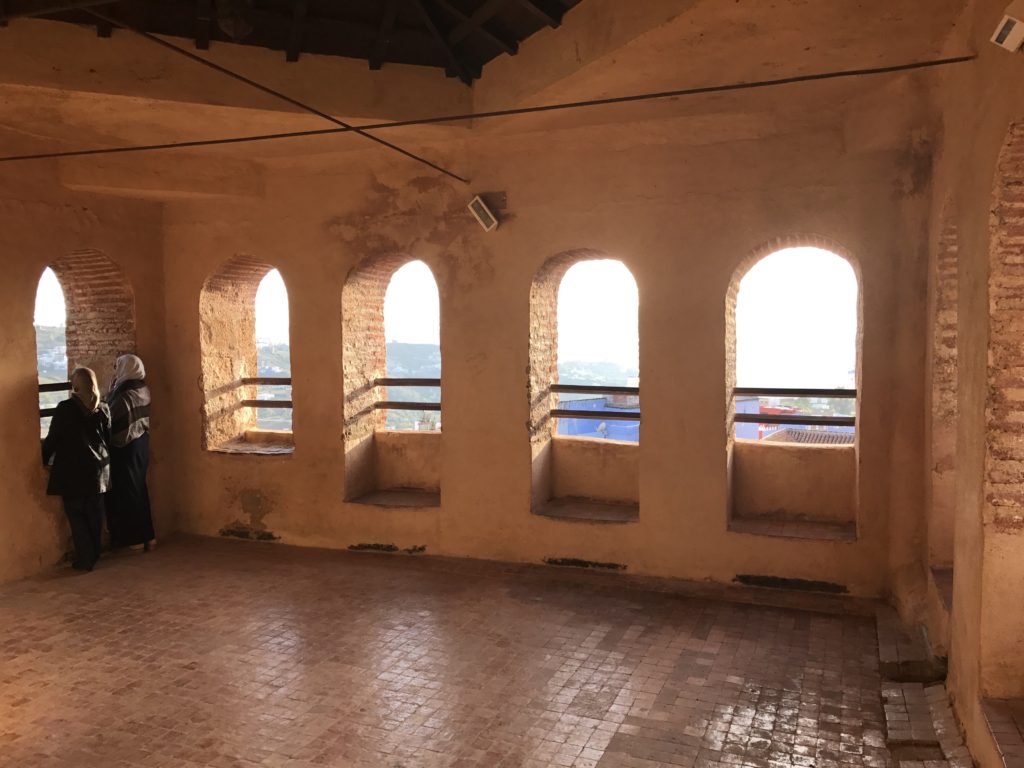 Plaza Uta el-Hammam
Plaza Uta el-Hammam
Plaza Uta el-Hammam is the main square of Chefchaouen; the center of the city’s action, especially after dark. While restaurants and coffee shops are quiet in the morning, they gradually come to life as the daylight hours pass. Located alongside the tall, thick walls of the Kasbah, the square is a great place to sit back with a strong cup of Moroccan coffee or tea and people watch, even without your camera.
The Grand Mosque
The Grand Mosque that sits near Plaza Uta el-Hammam is one of the more unique mosques in Morocco, due to its octagonal minaret. The architecture dates back to the 15th century and is an impressive site to take in, especially when its speakers emit the call to prayer five times a day. Although it’s striking to look at from the outside, the mosque is only accessible to Muslims, which limits tourist traffic.
Jemaa Bouzafar (The Mosque on the Hill)
From the medina, you can hike up a steep trail to the ruins of an old Spanish mosque built in the 1920s. The mosque was never used, and lack of maintenance has sent it into disarray. Although the building was recently renovated, the real attraction is the view of the blue and white medina as the sun goes down. Not to mention the magic that ensues when blue hour takes hold—a three minute period as the city lights turn on, mixing perfectly with the blue shades of the buildings. Be sure to have your camera sturdy on a tripod; the photo can be captured anywhere from 24mm to 85mm, with the wide-angle option providing a majestic mountain background that will dwarf the city. The telephoto option, however, will reveal the details within the blue buildings of the medina.
Ras el Maa
This waterfall is located just outside the gates of the medina. There, you can chat with locals as they do laundry or meet backpackers from around the world. While the waterfall itself is rather unimpressive, it’s a nice change of scenery for a quick escape to nature away from the fast-paced medina.
Talassemtane National Park
This 580 square kilometer national park is located just outside of Chefchaouen and filled with hiking opportunities. God’s Bridge is the most well-known rock formation in the park, not far from the village of Akchour. There’s a lot to see here, and regional trekking guides offer multi-day tours complete with donkeys to carry your gear.
The Blue City Survival Guide
Your headshot portfolio will suffer
Taking portraits in Morocco is very difficult. Culturally, it’s a very private place, so don’t be surprised if you get rejected nearly every time you ask to take a person’s photo; even the most confident and social photographers may fall shy by the end of the trip. Instead, we recommend adding a flare of mystery to your photos. Head out to the medina in the early morning and photograph people walking away from your camera. The results will nevertheless be beautiful and help you cope with your lack of portraiture.
Respect the culture
The Moroccan people are friendly but very proud of their history and customs, which includes not being the subject of photographs. It is important to respect the wishes of the locals and avoid taking photos of them, especially their faces and women, without explicit permission.
Morocco is safe!
Today, fake news and fear is rampant, especially surrounding Muslim countries. But don’t let the preconceptions of your friend and family deter you. Morocco is a beautiful, friendly, and safe country. In fact, the Legatum Prosperity Index ranked Morocco as the safest country in the region. That said, always use caution and good judgment when traveling. Don’t flaunt expensive jewelry and camera equipment, walk with friends or a guide when possible, and be wary of people who seem a bit too friendly.
Don’t forget ND filters
Experimenting with longer shutter speeds in the alleyways makes for some really chaotic, ghostly looking photos. Bring a set of ND filters and aim for one to two second exposures in daylight. You will be fascinated by the results.
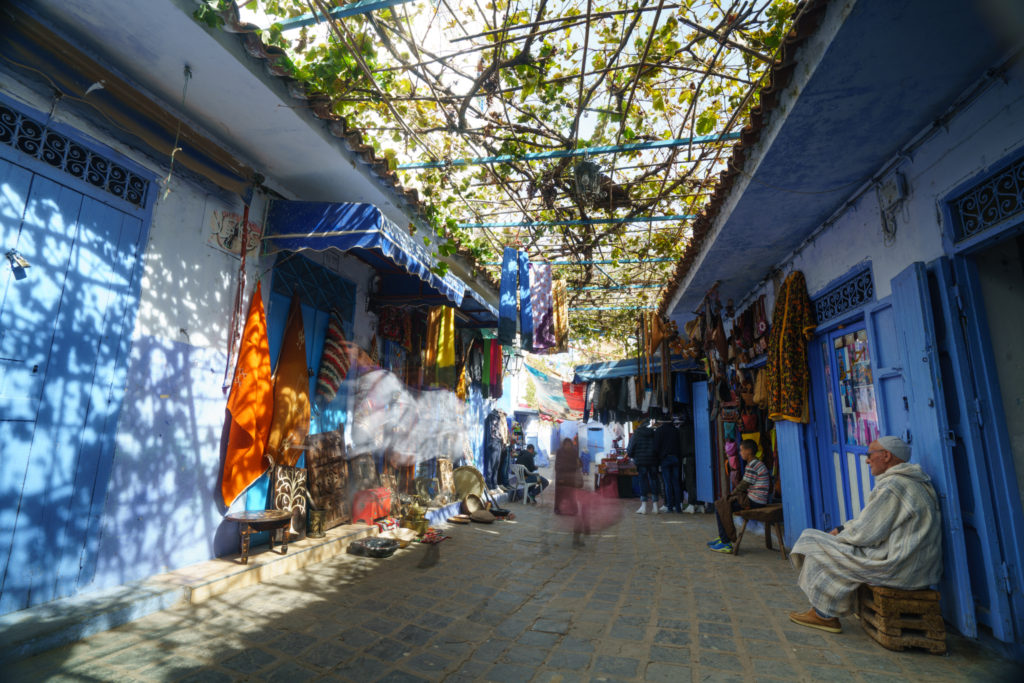 Hike the mountains
Hike the mountains
From easy, quick sunset hikes to the 9-hour round trip monster that takes you to Jebel al-Kalaa, the peak overlooking the city, there are plenty of breathtaking fitness opportunities in Morocco. Just be prepared to lose the trail, and don’t be surprised if you end up in a field of marijuana.
“Kiff” is everywhere
Chefchaouen is in the heart of Morocco’s marijuana growing region. “Kiff” and hash will undoubtedly be offered to your during your trip, as some tourists come here specifically for this experience. Pushers can be aggressive, but will typically back off if you tell them you’re not interested. Although it’s easily accessible, it’s important to note that kiff is still very illegal in Morocco. Being caught by the wrong law enforcement officer could result in your own Midnight Express experience, so be careful.
Bring on the booze?
Not quite. As a Muslim country, alcohol isn’t easy to come by in Morocco. It is sometimes available at larger tourist hotels, but not something you would find at a corner store.
Get a guide
Morocco is a welcoming country rich with fascinating history. Having a guide who knows how to look after your safety, get you in the right place for photos, and can also explain the culture is invaluable. We recommend Open Doors Morocco, an excellent tour company led by photography guides, for anything from one day to one month.
From US: 859-429-1306
WhatsApp: +212 6 98 75 35 64


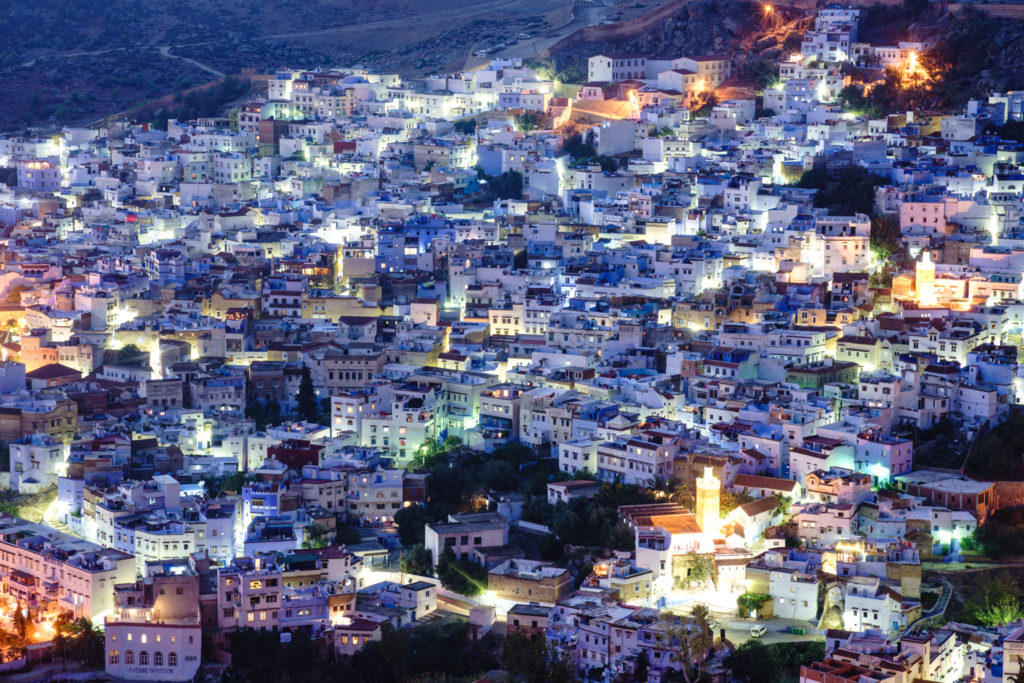
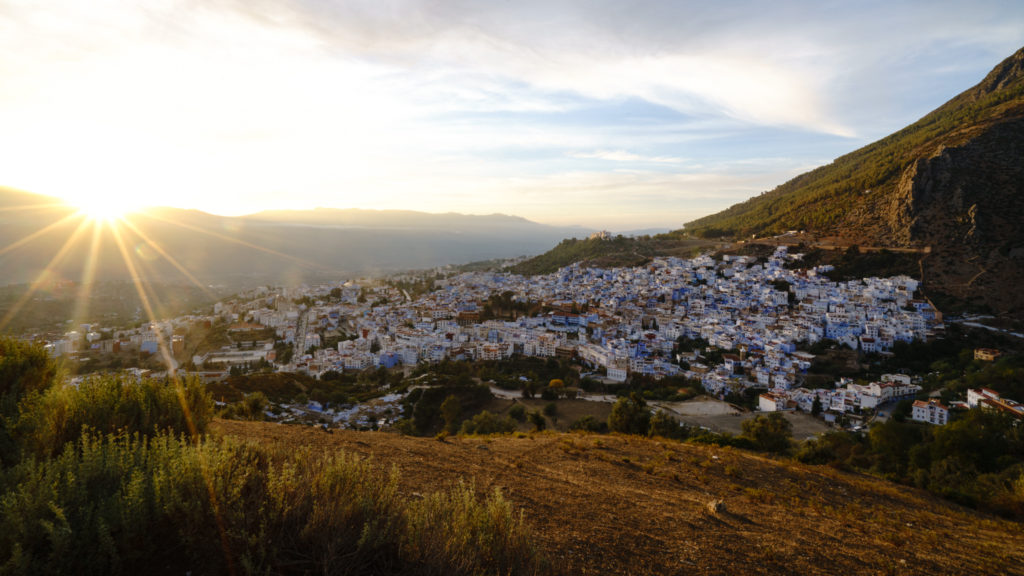
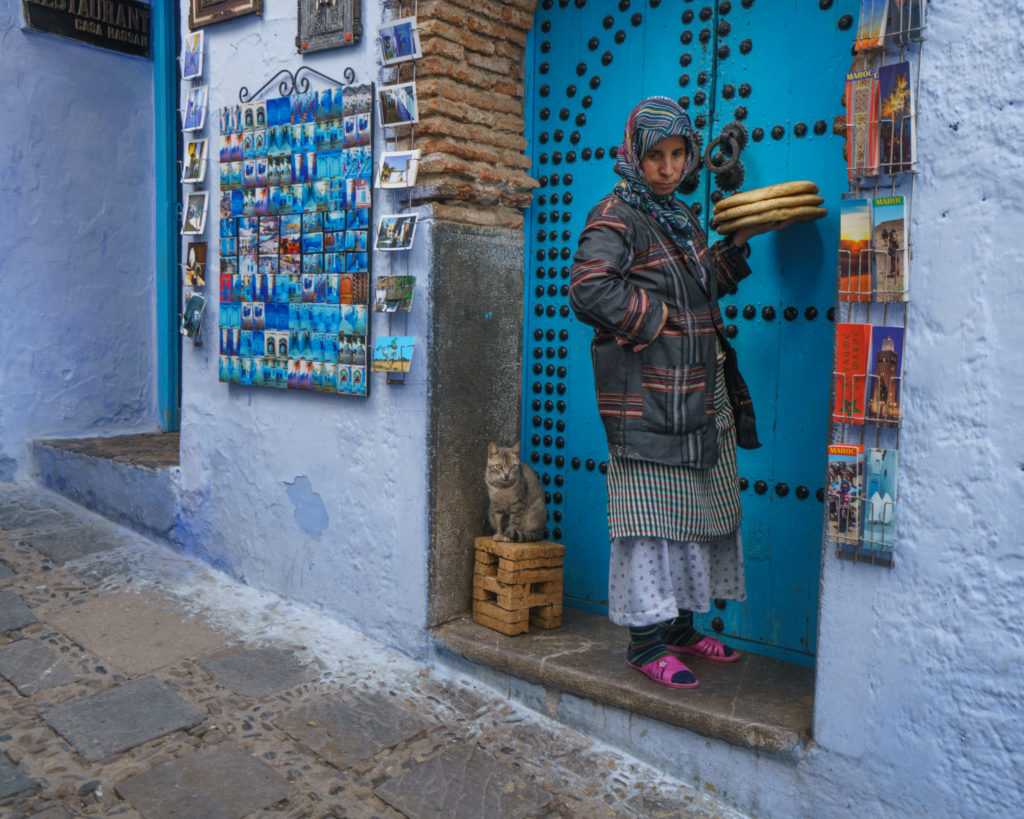
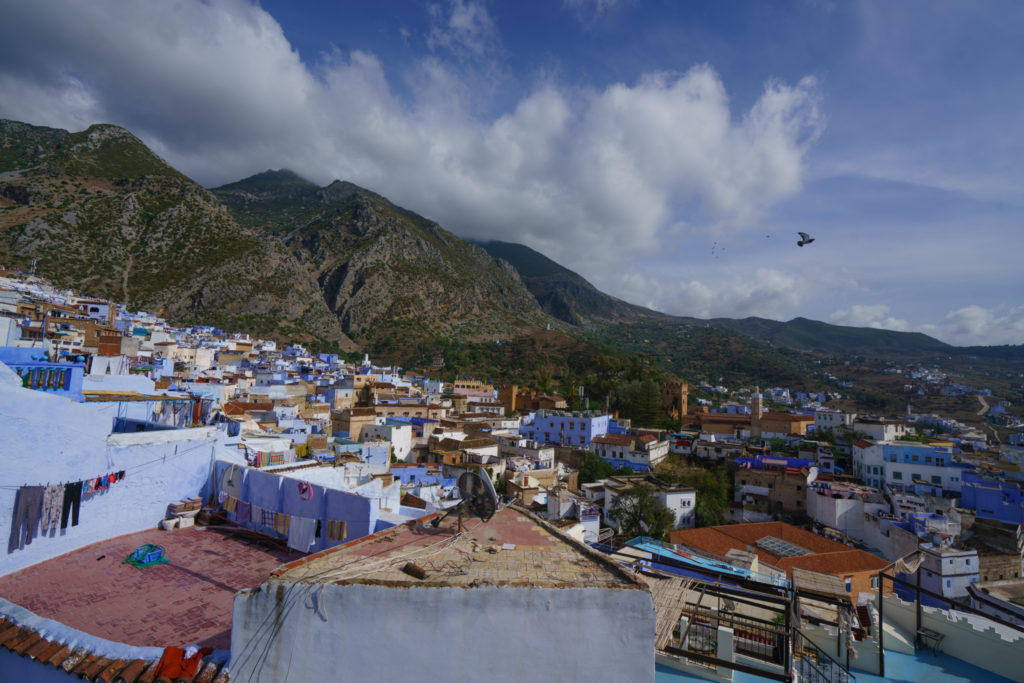
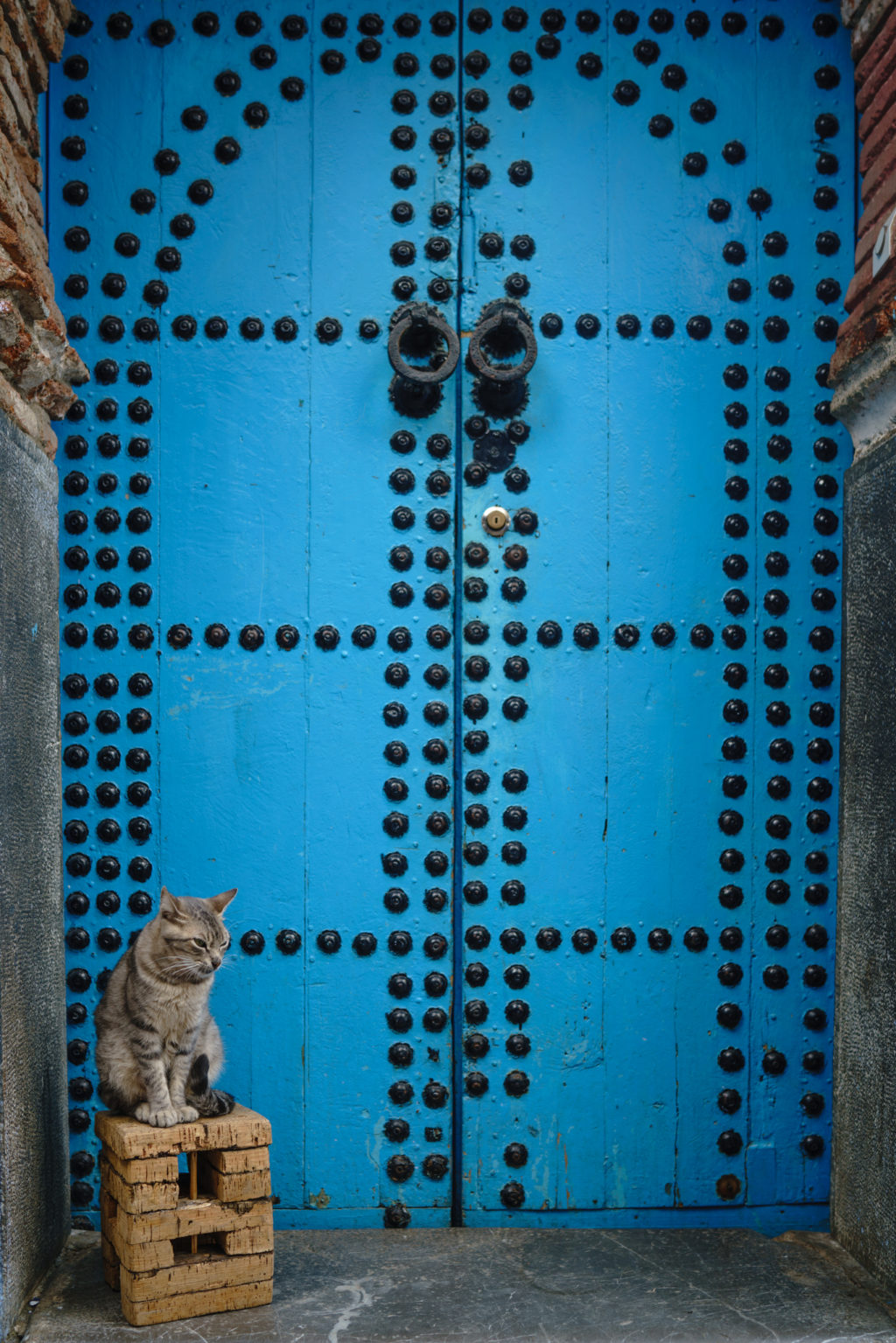
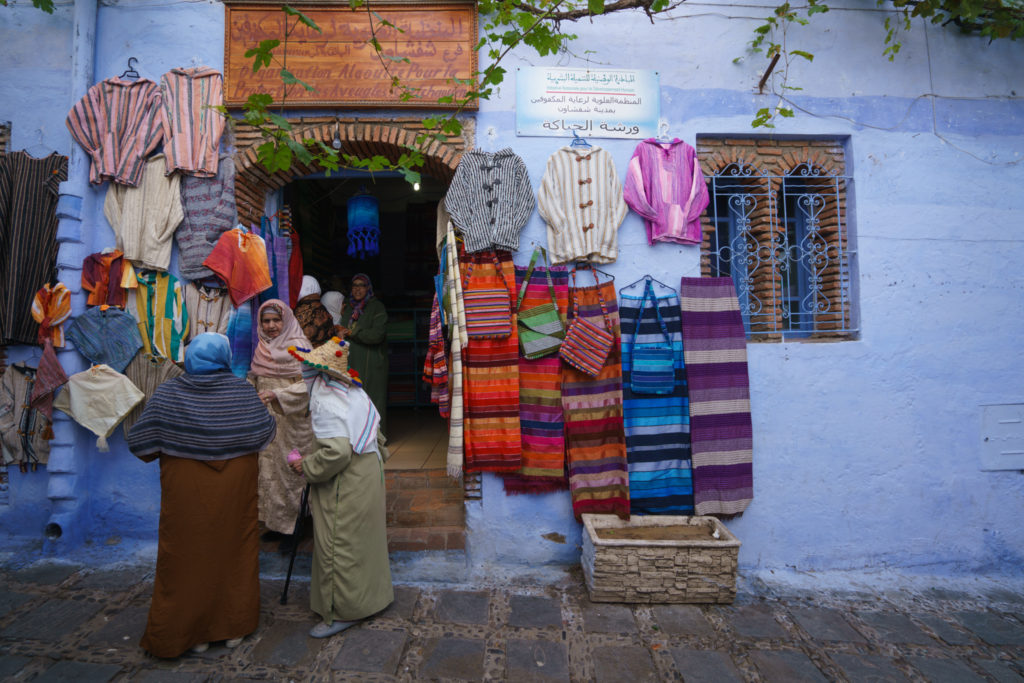
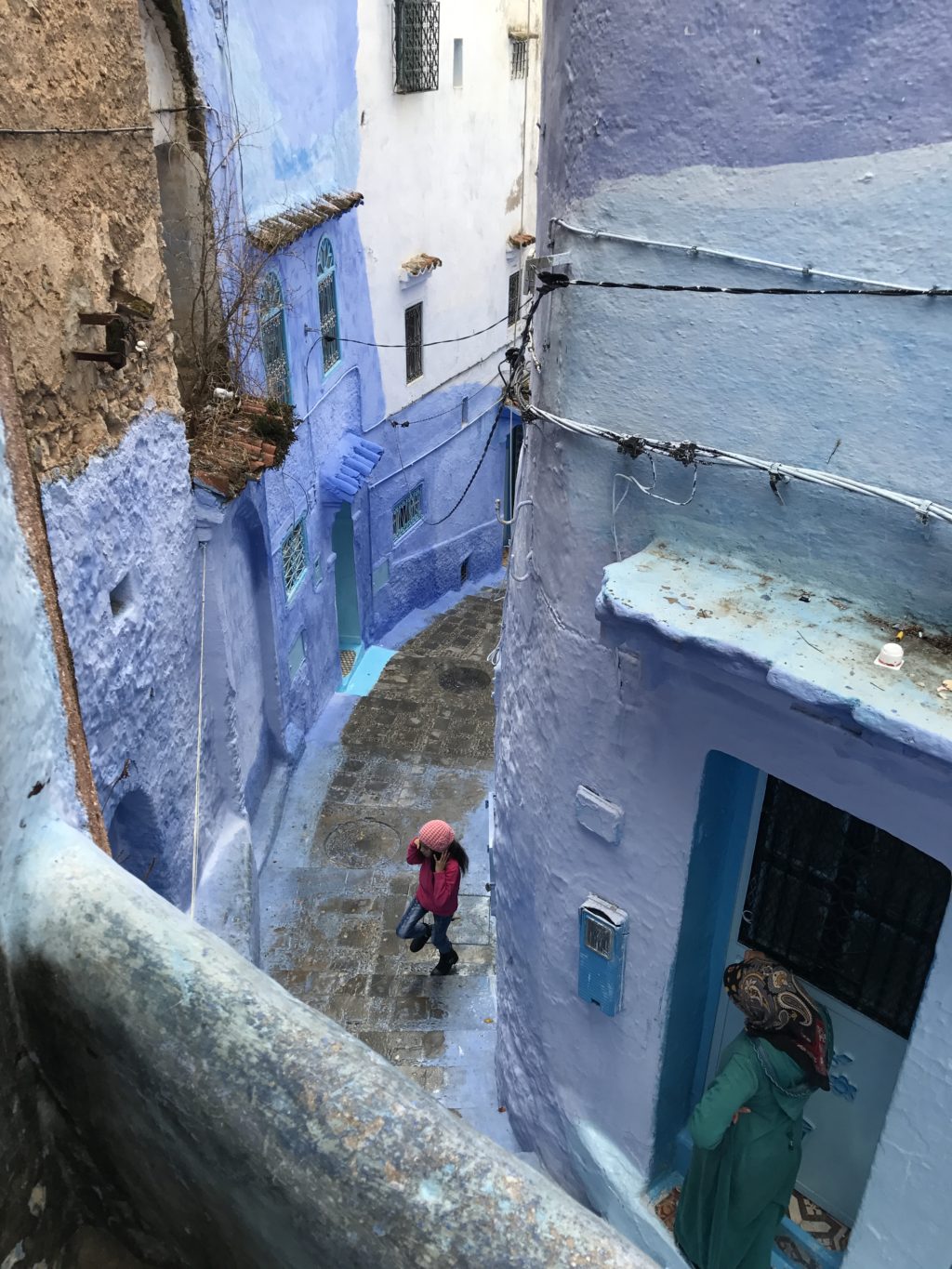
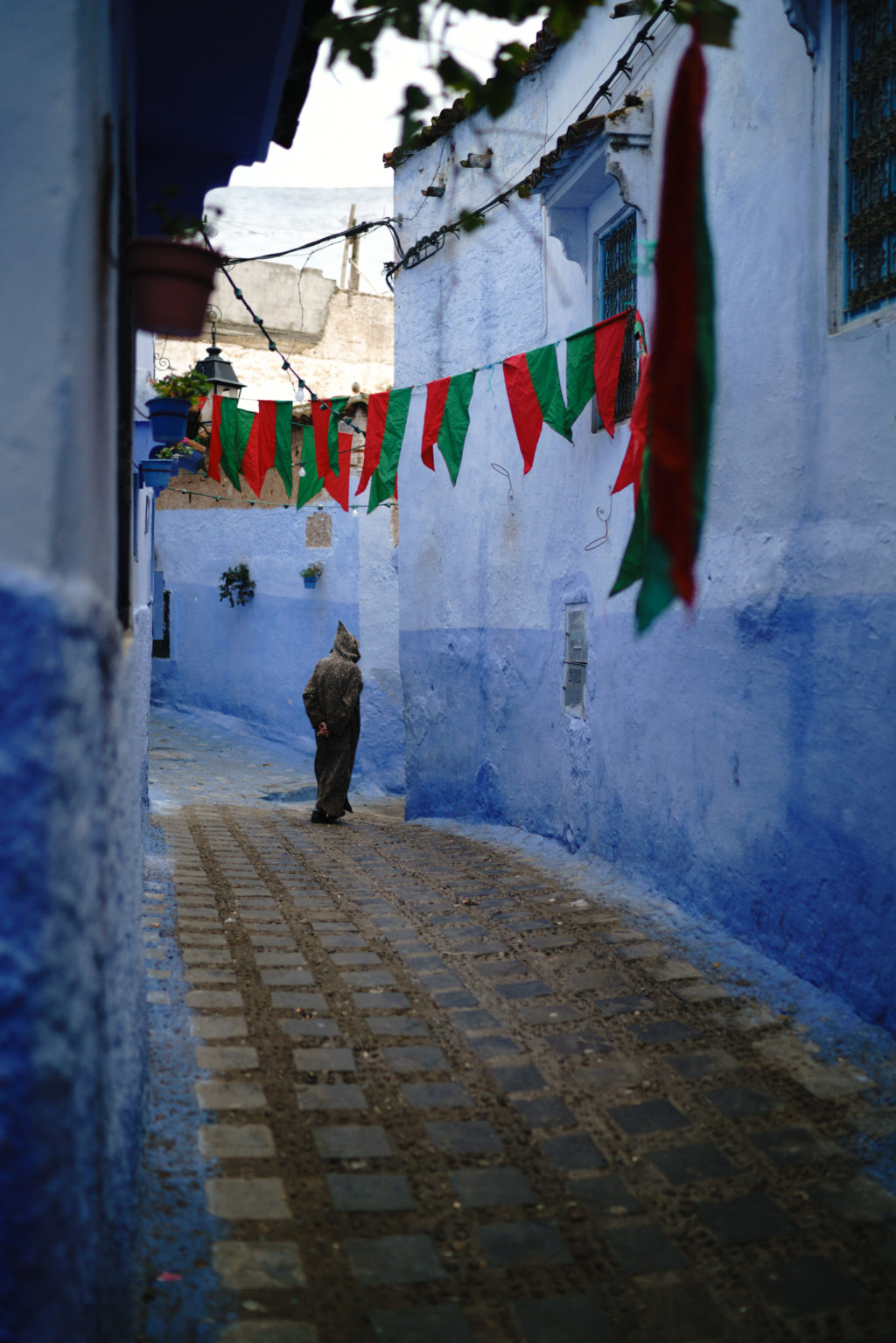
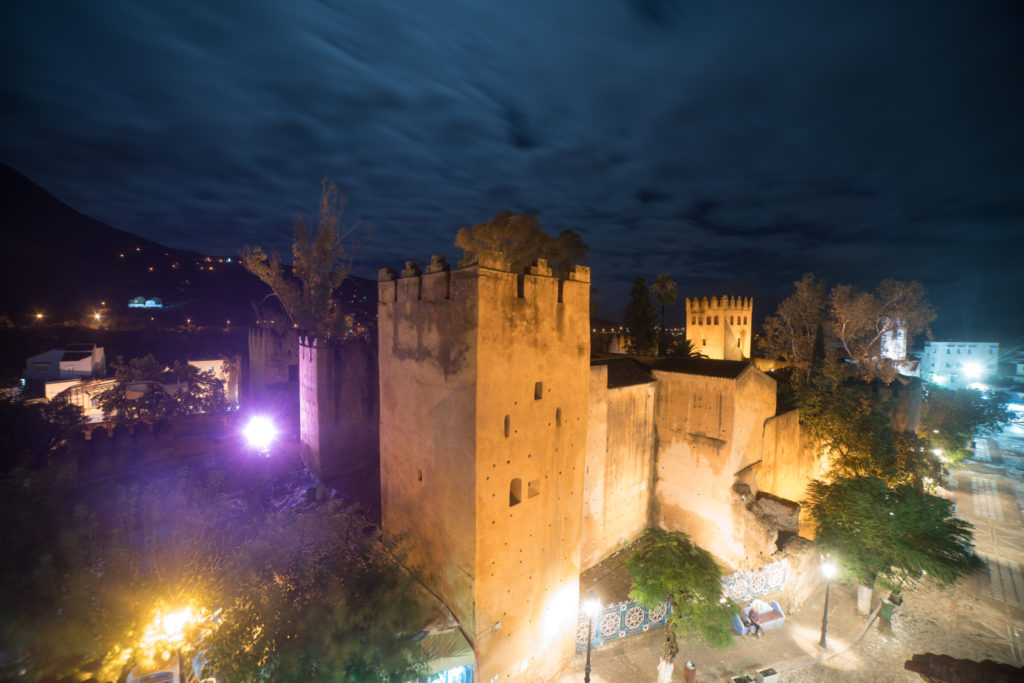
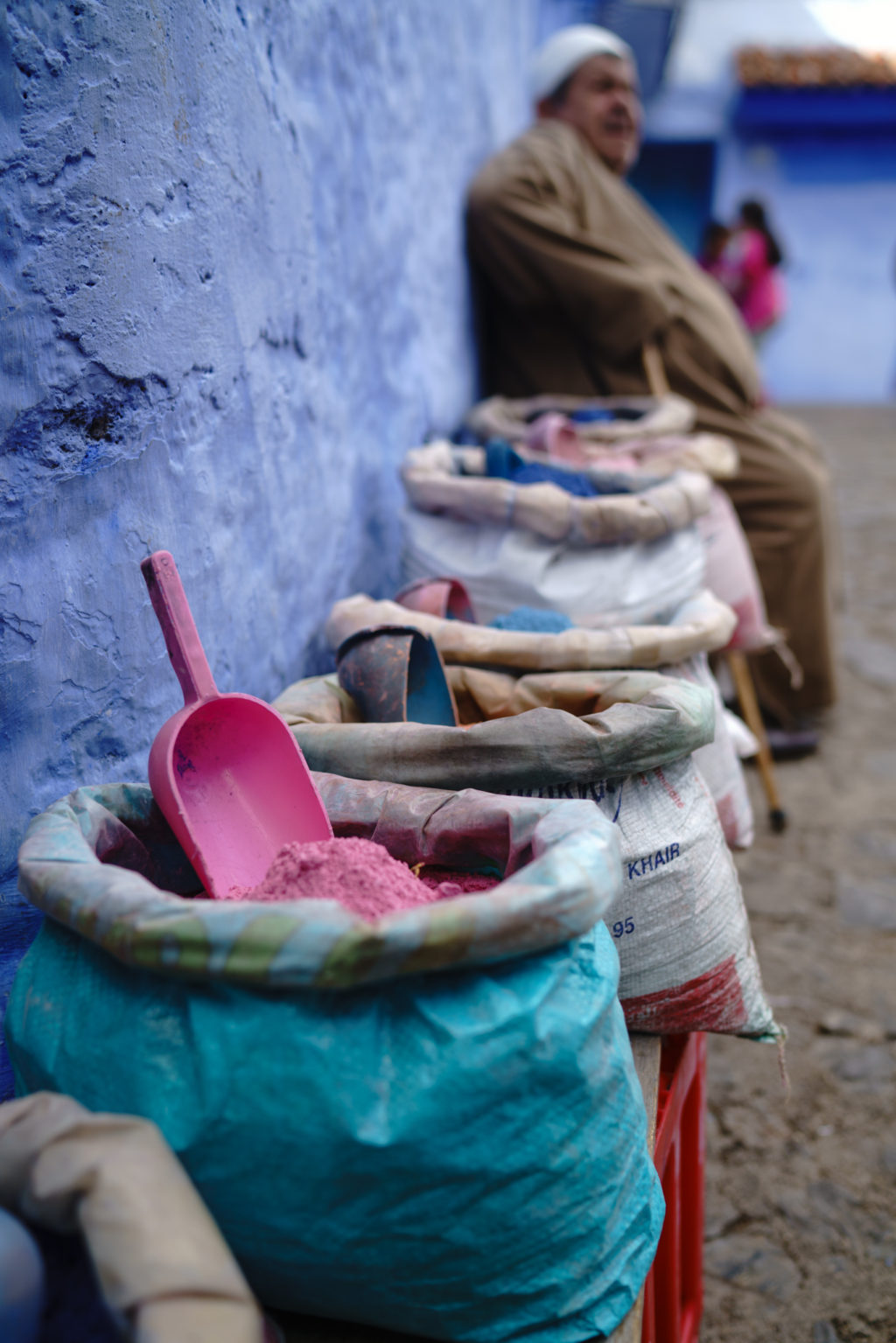
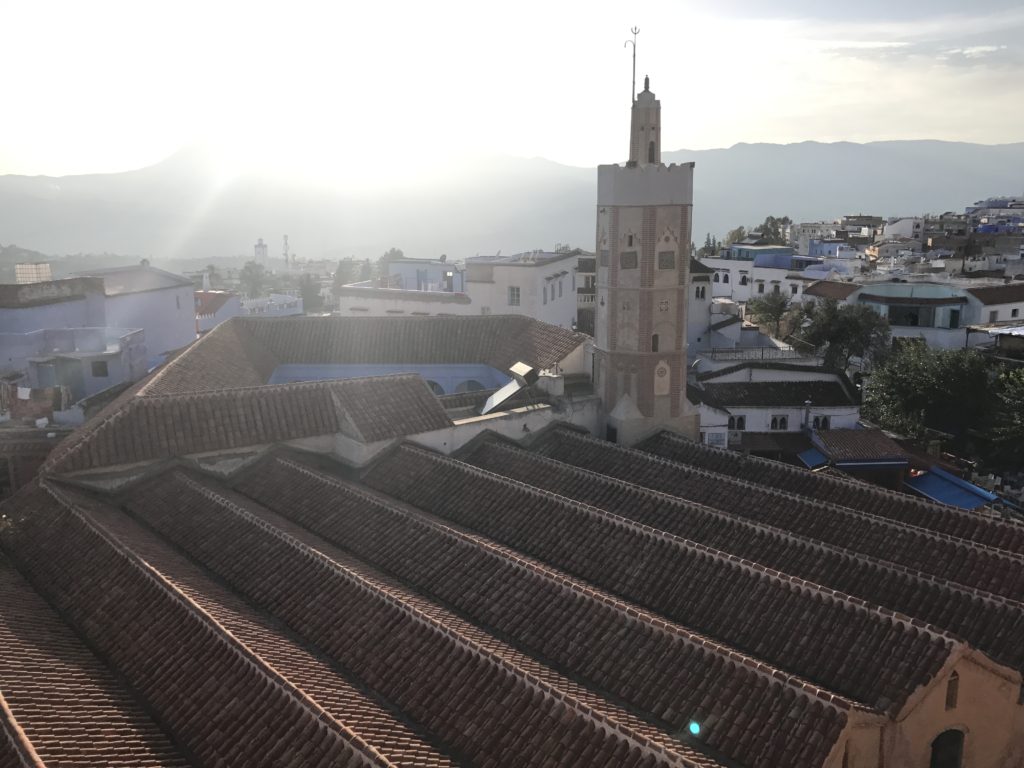
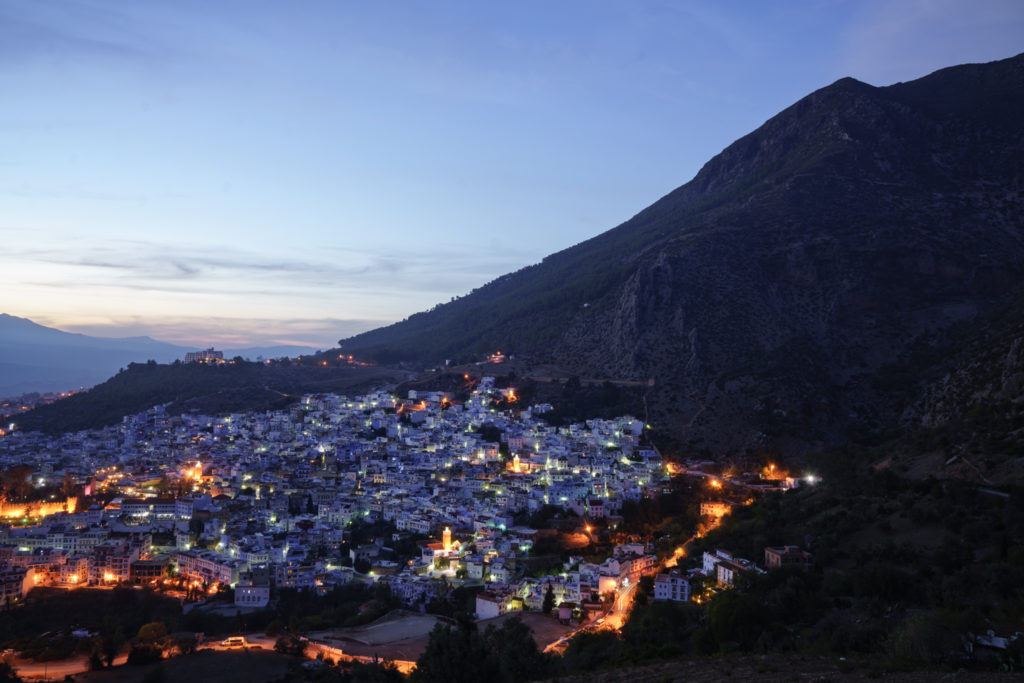
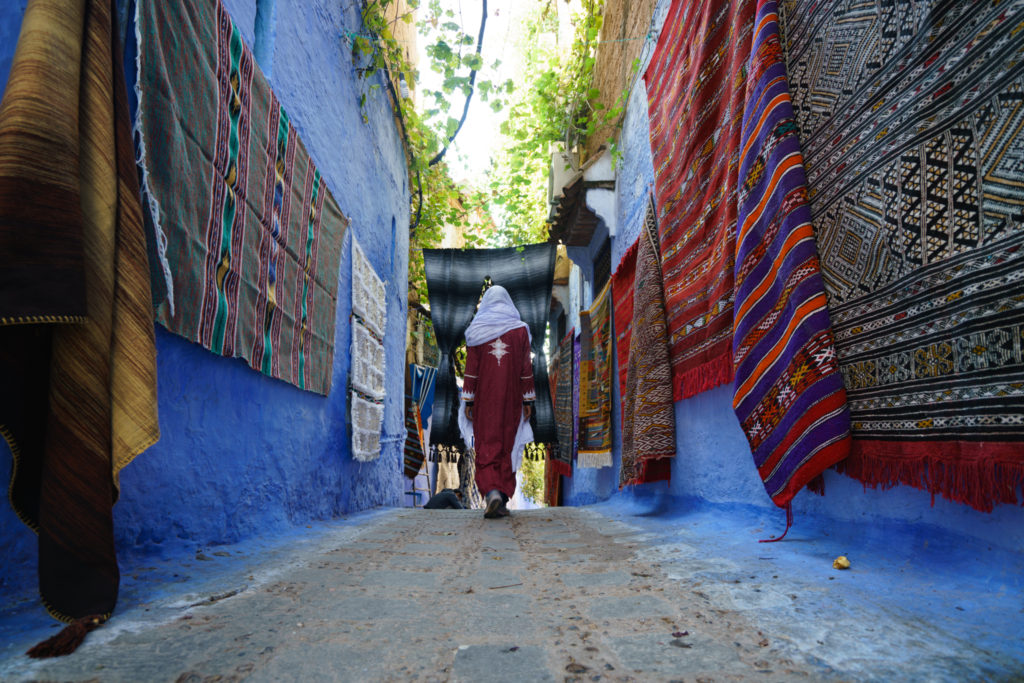
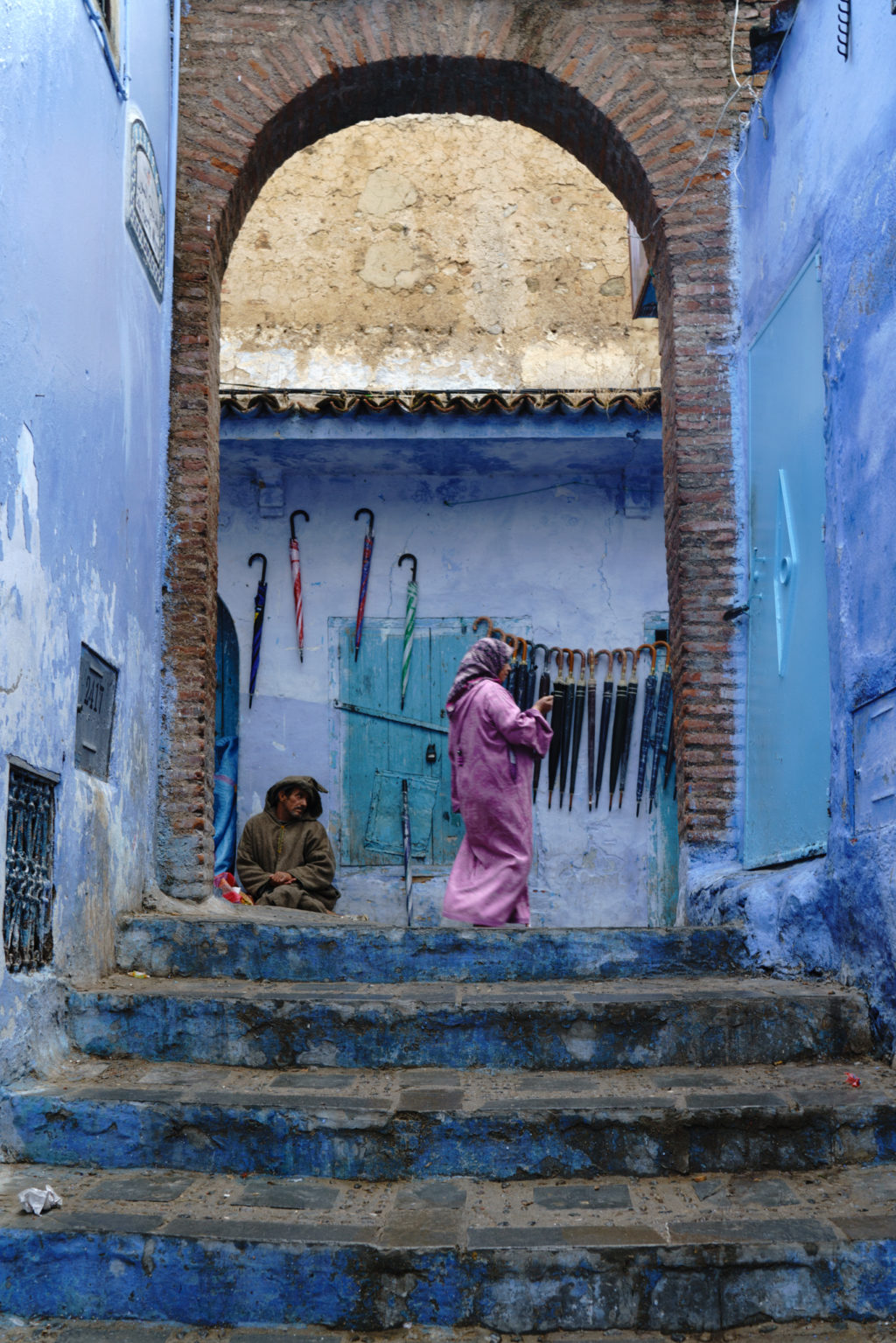
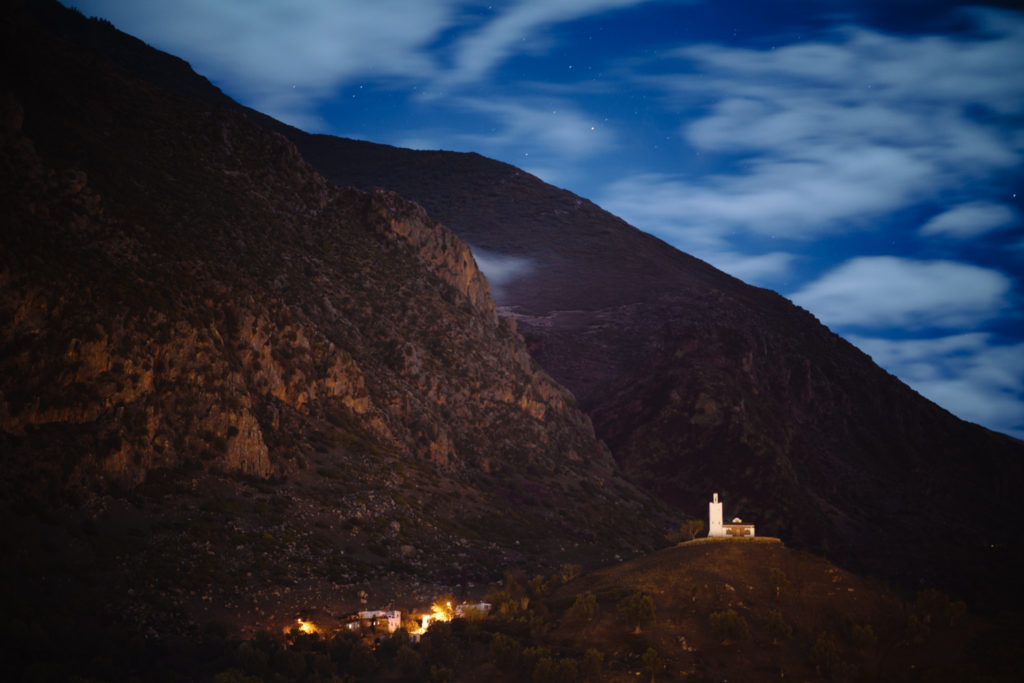
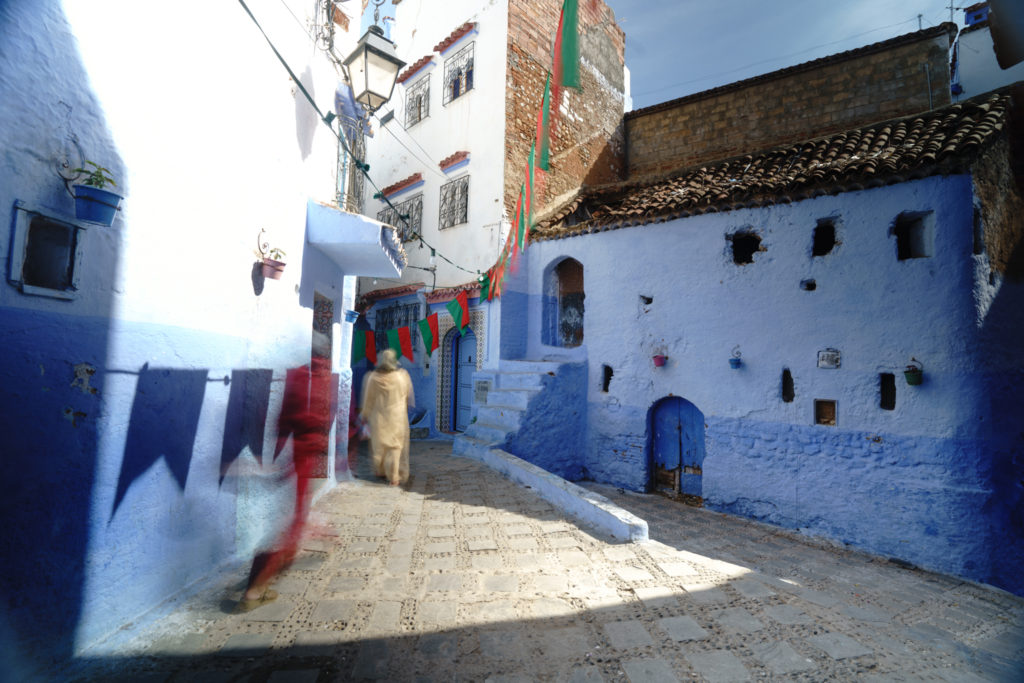
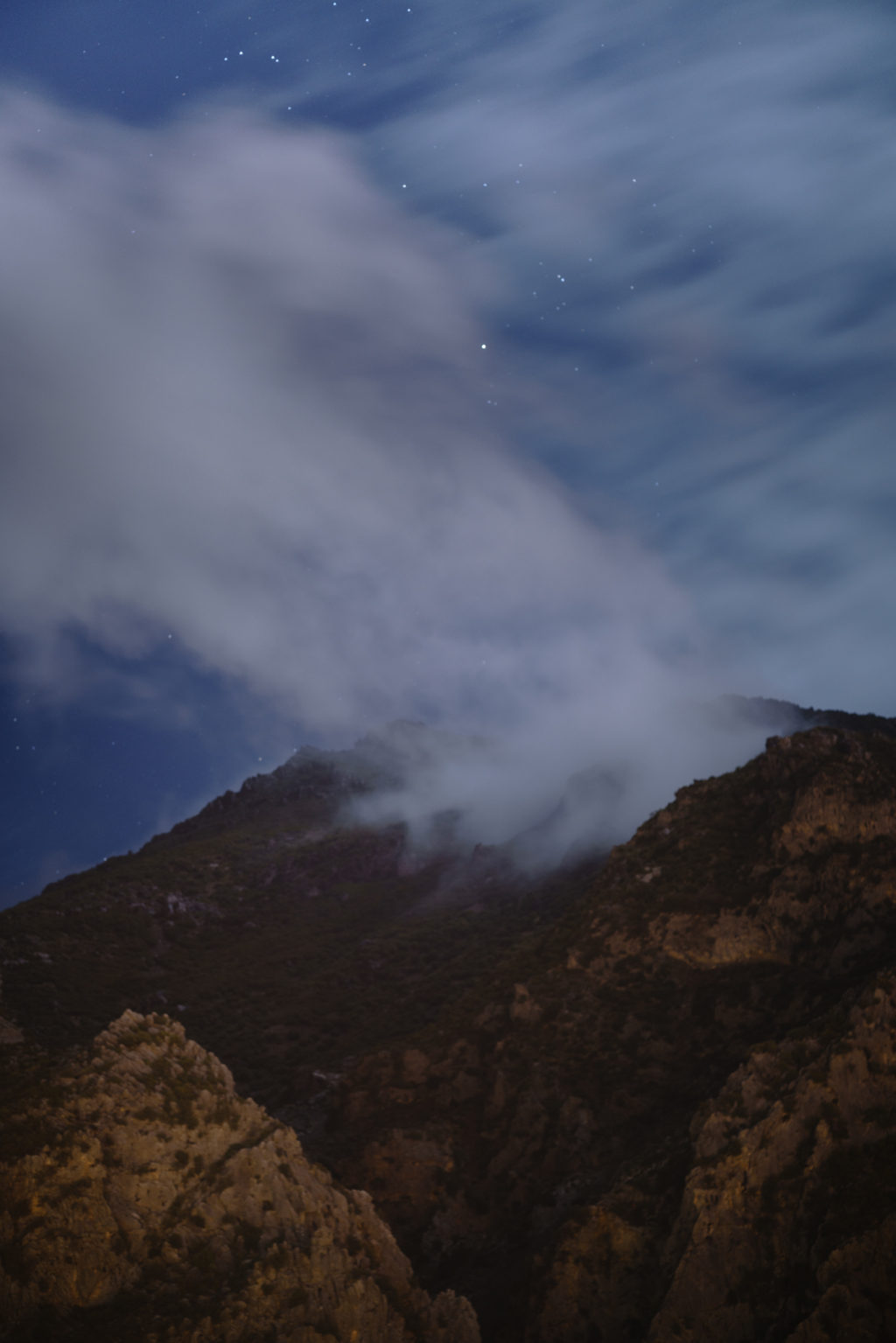
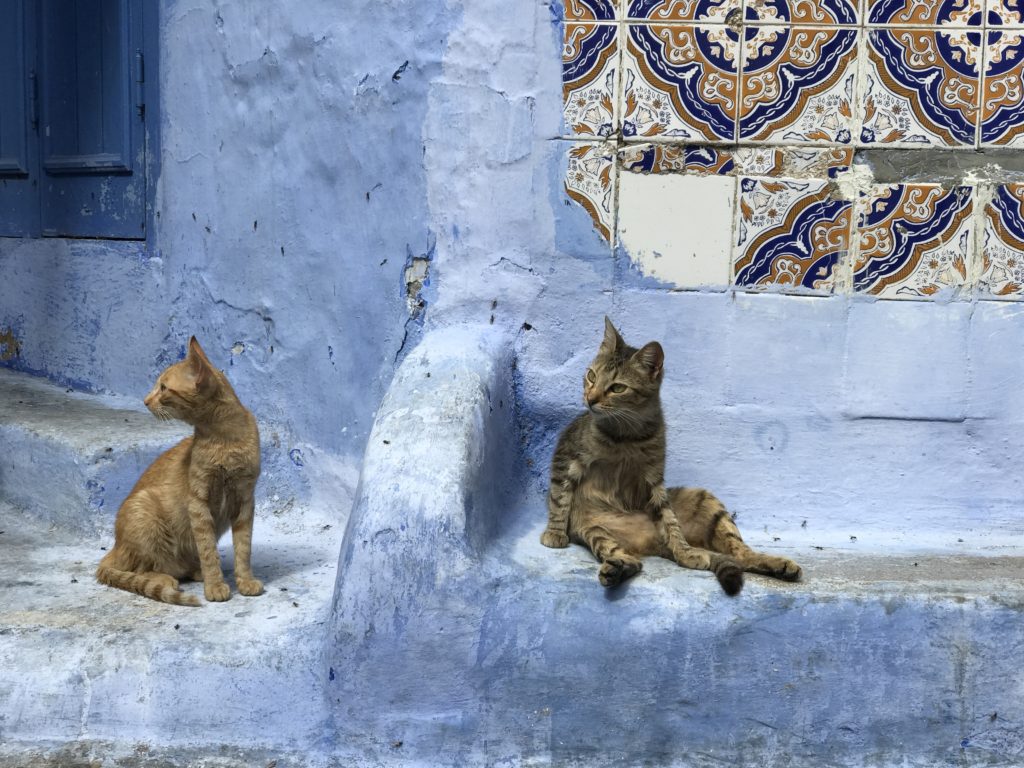
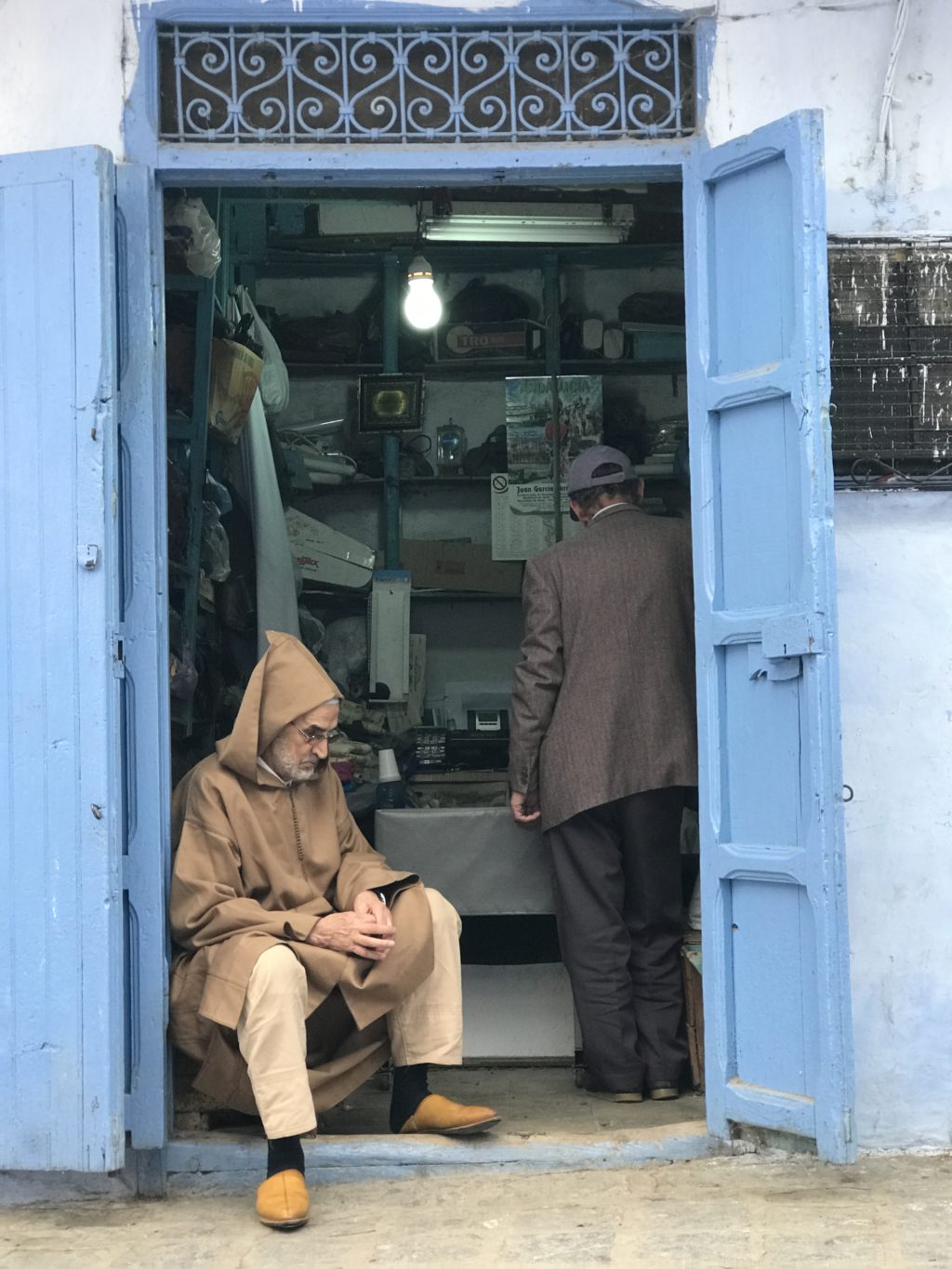
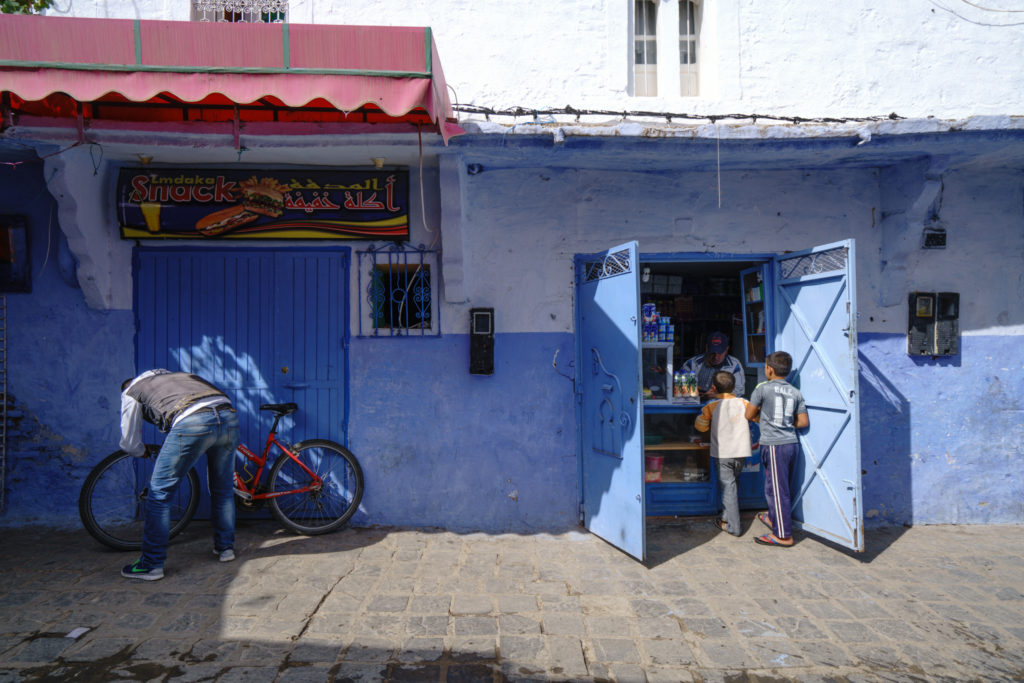
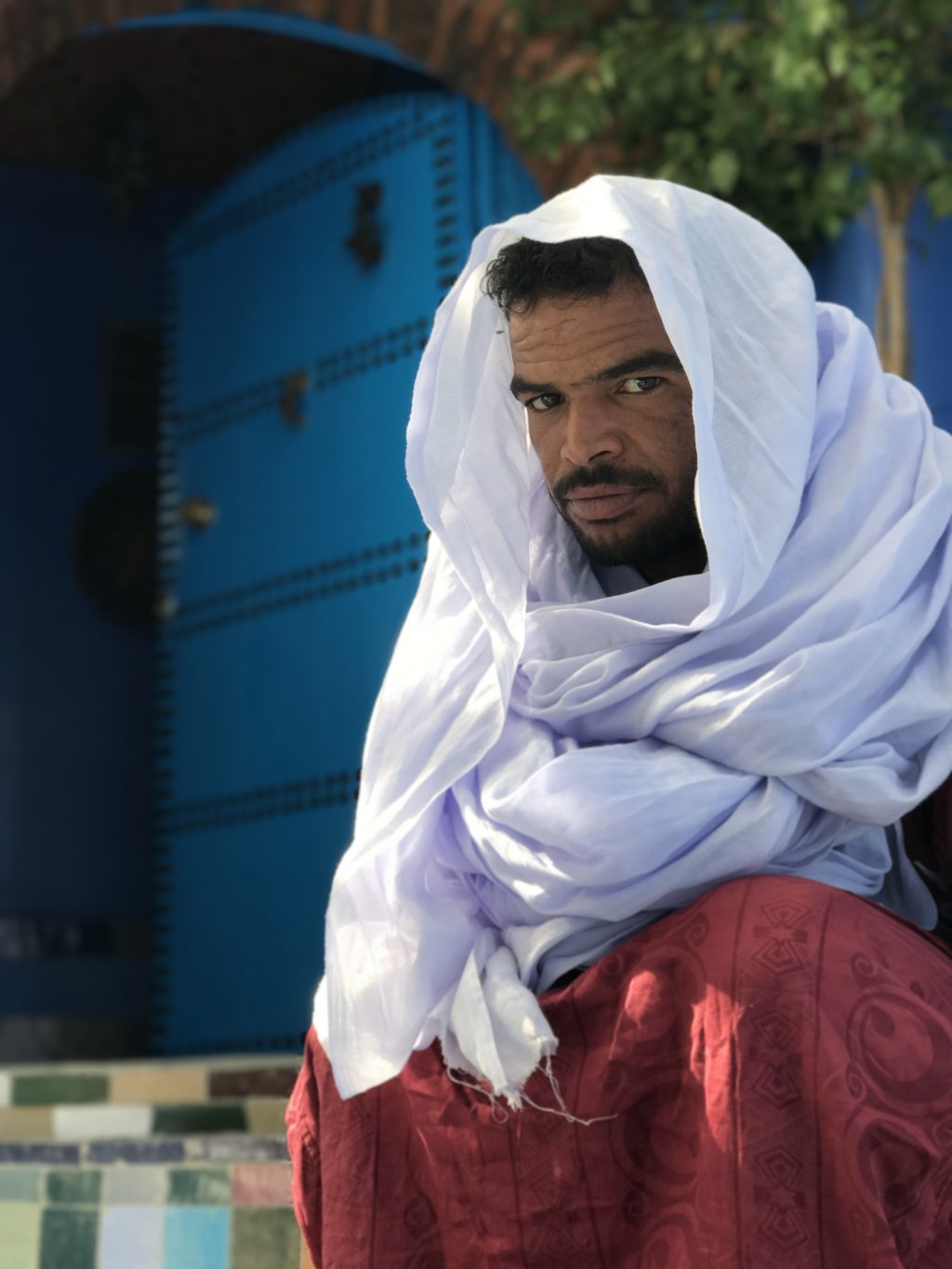
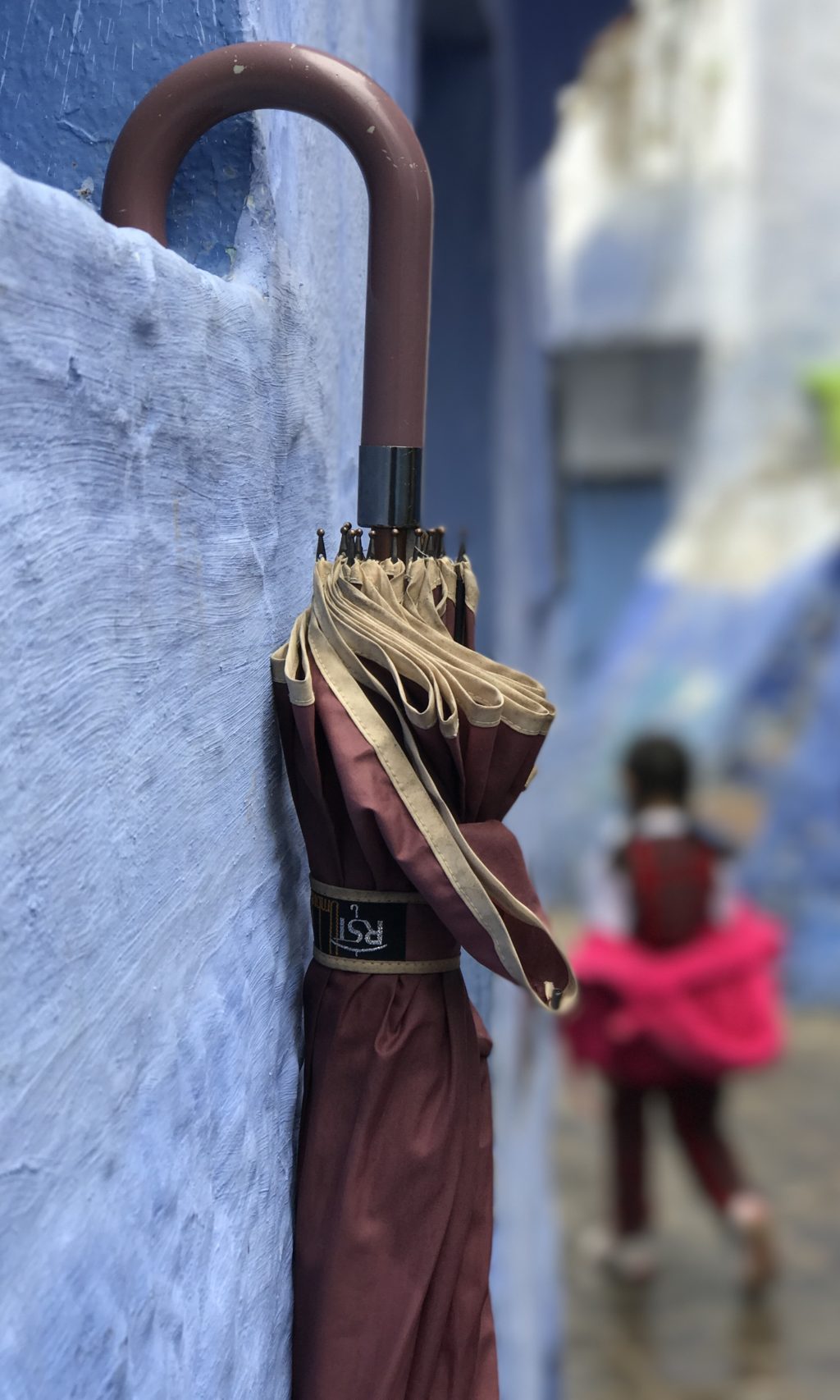
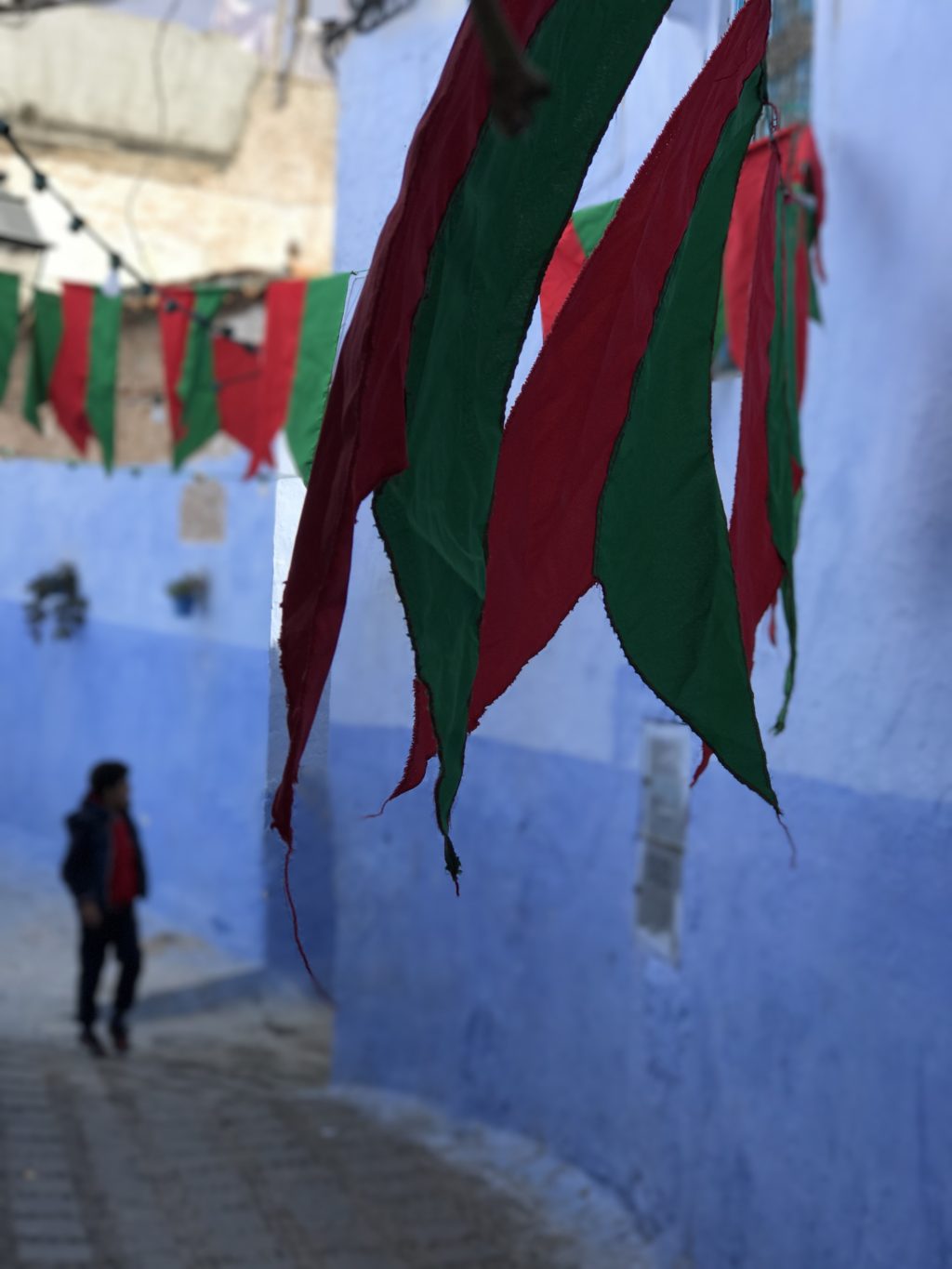
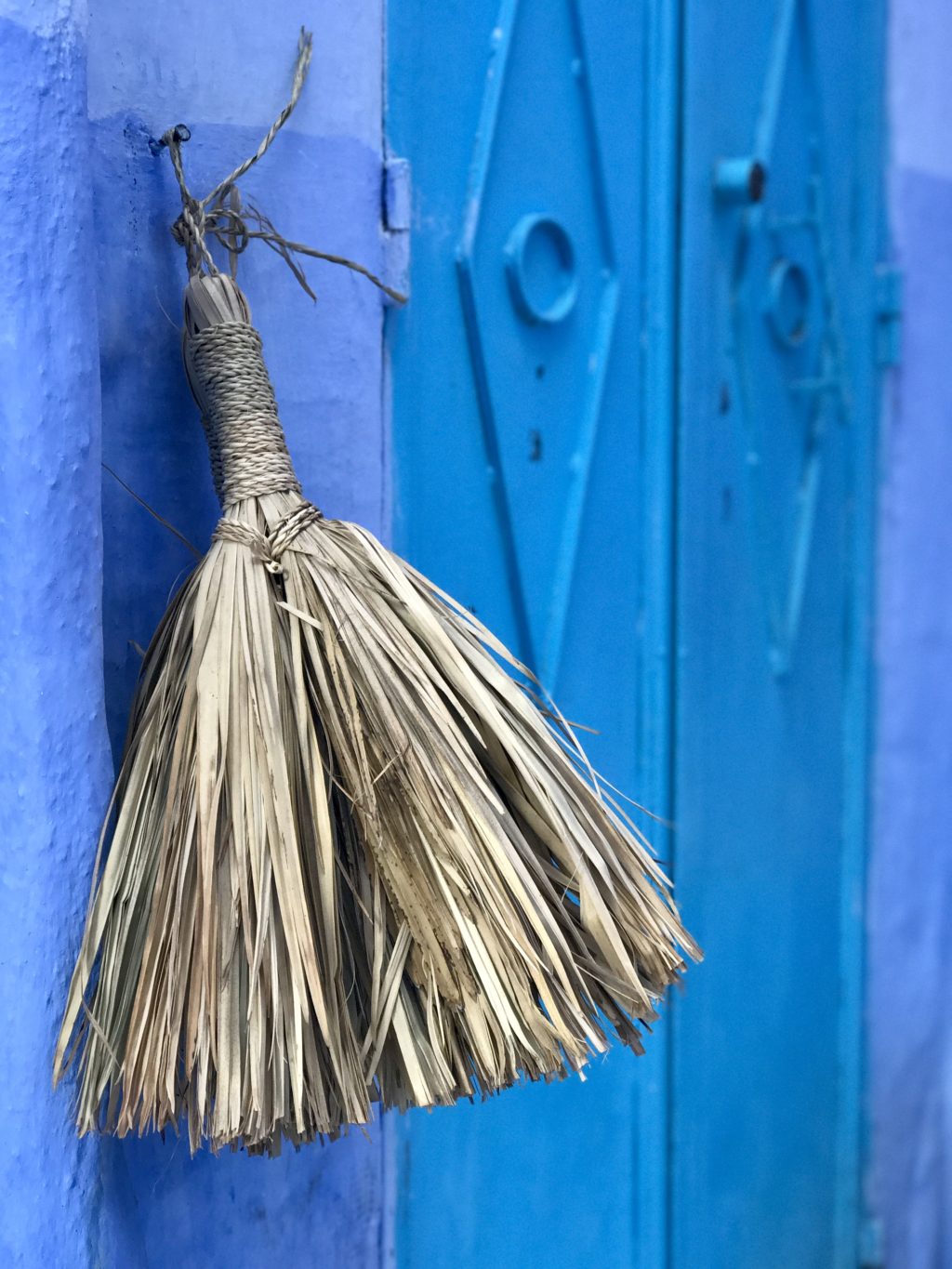
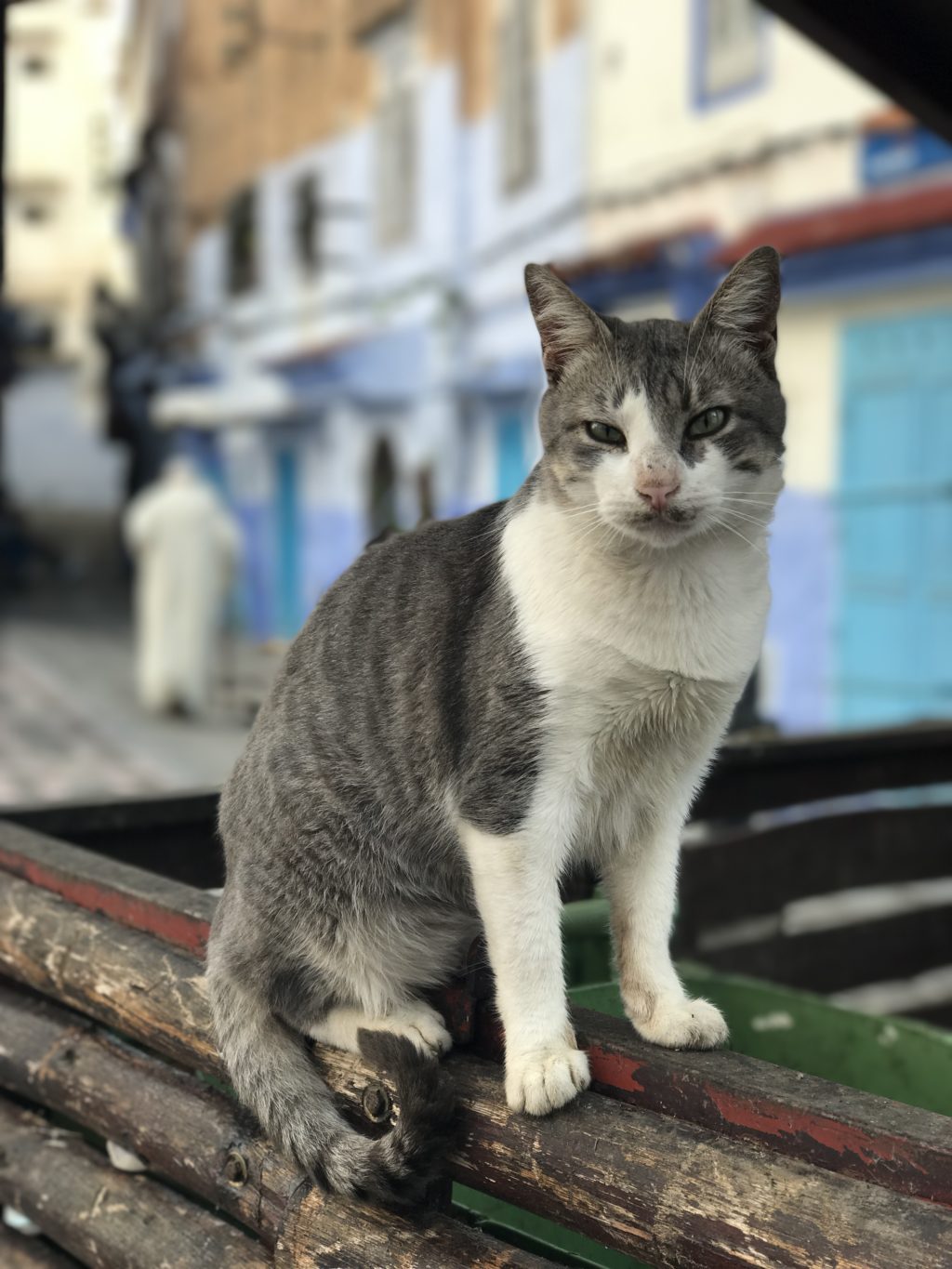
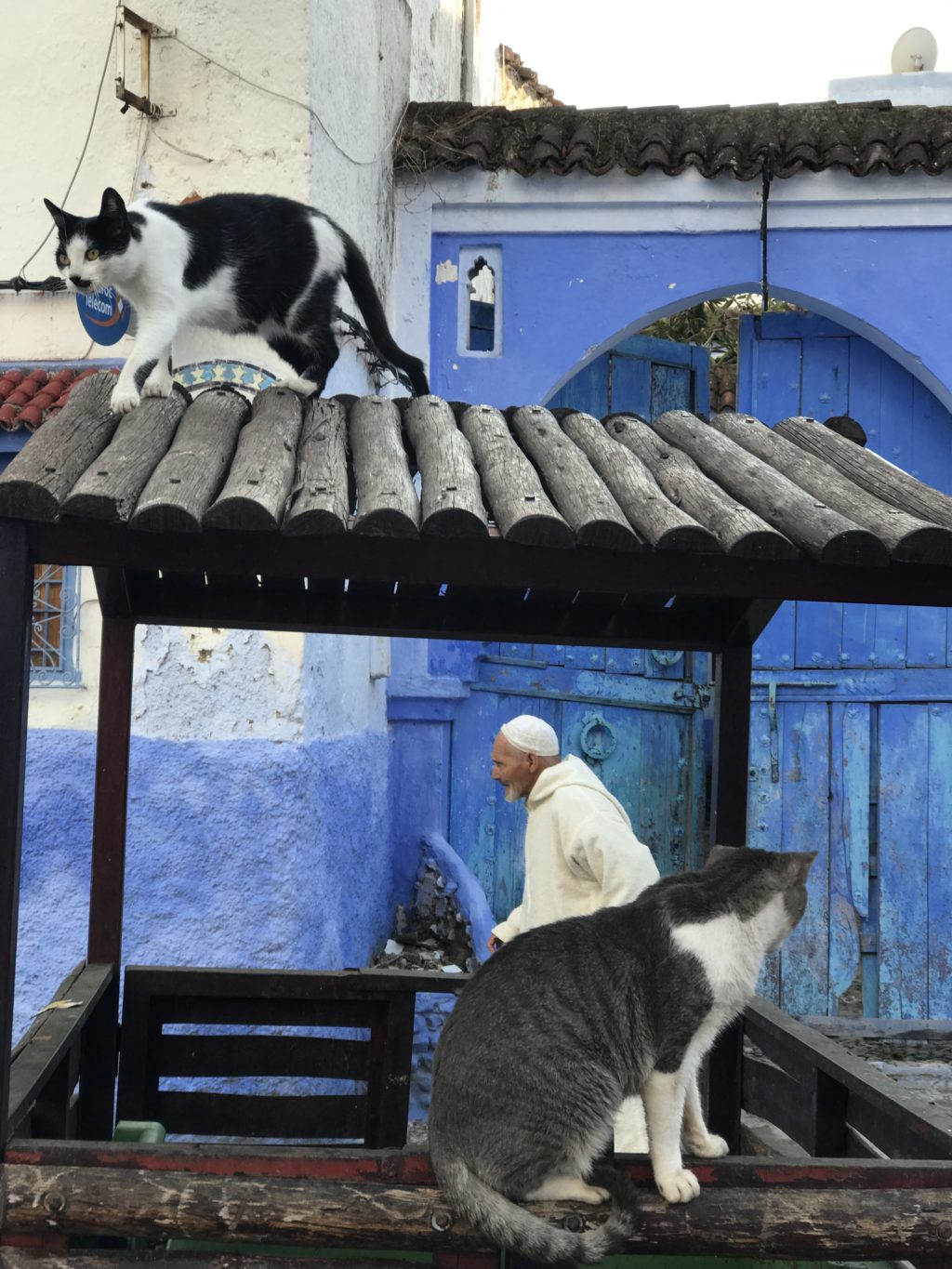
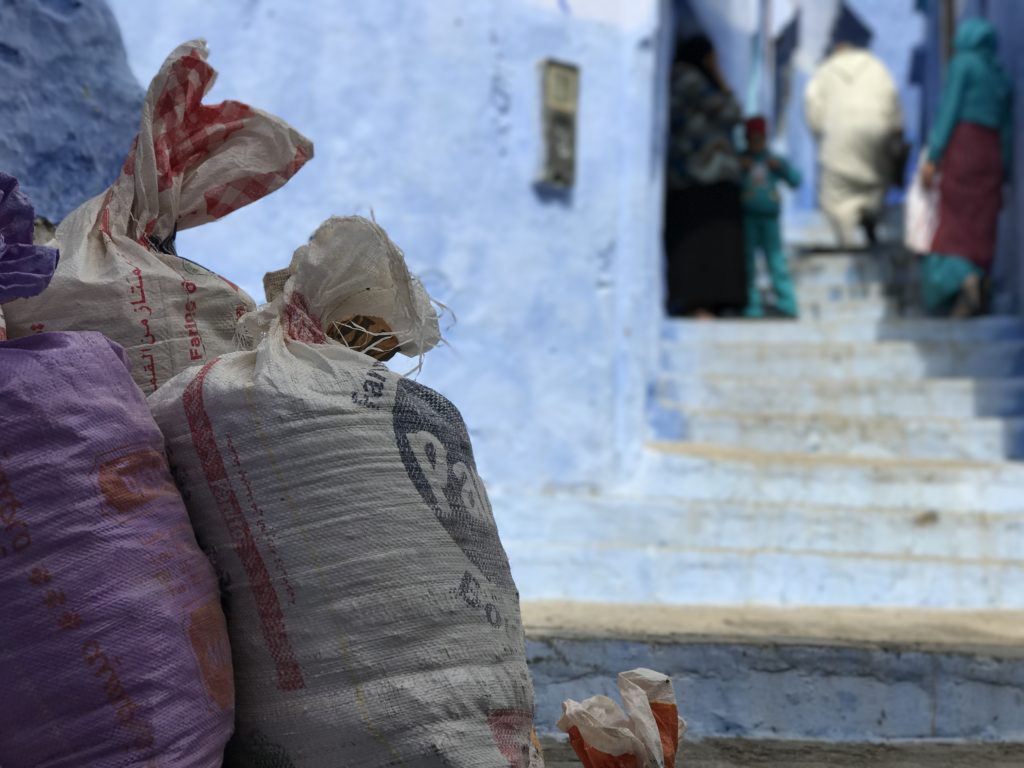
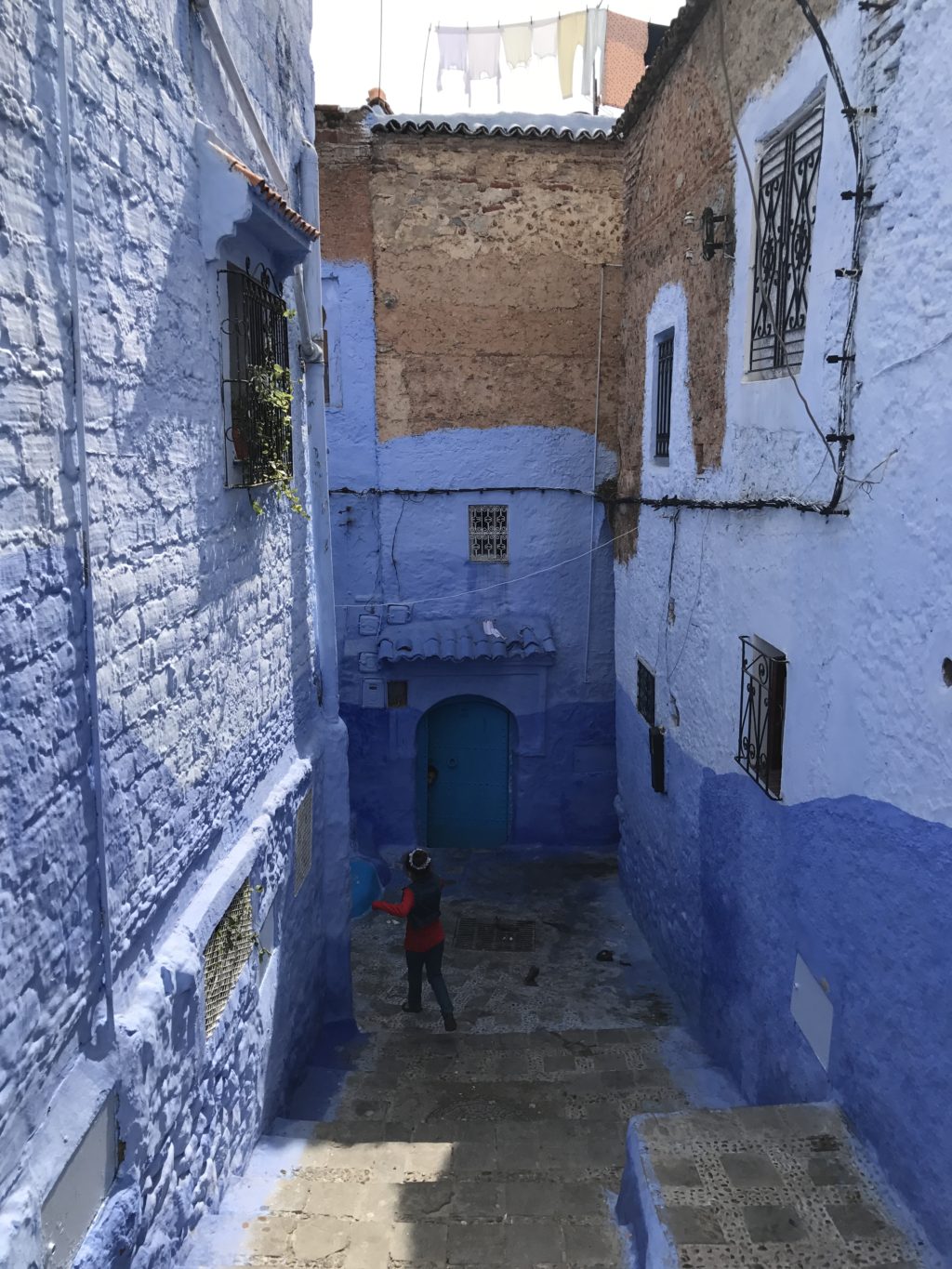
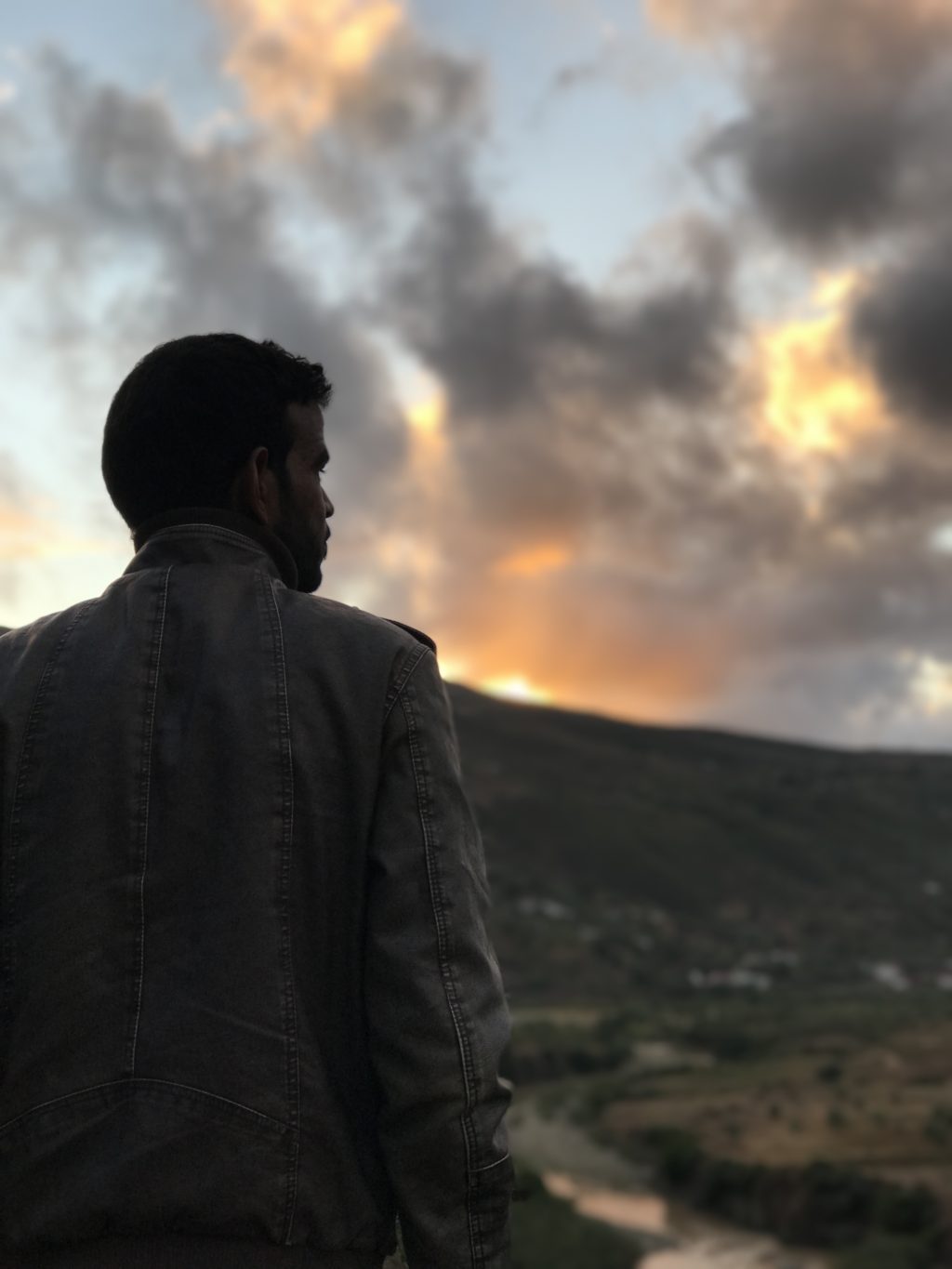
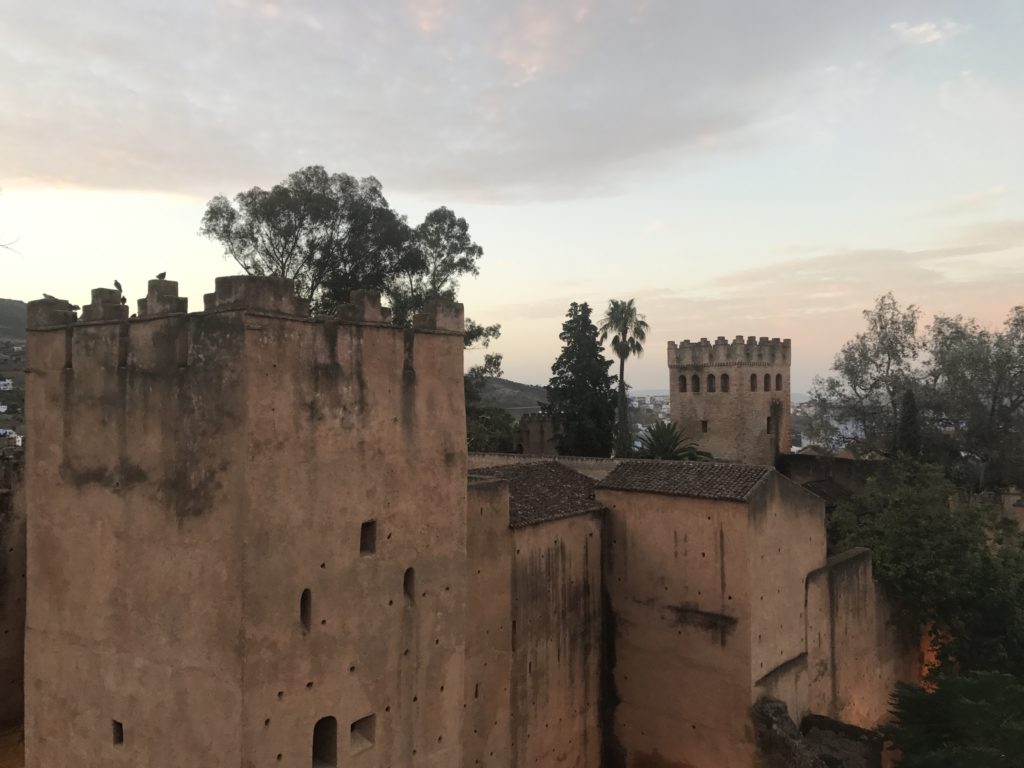
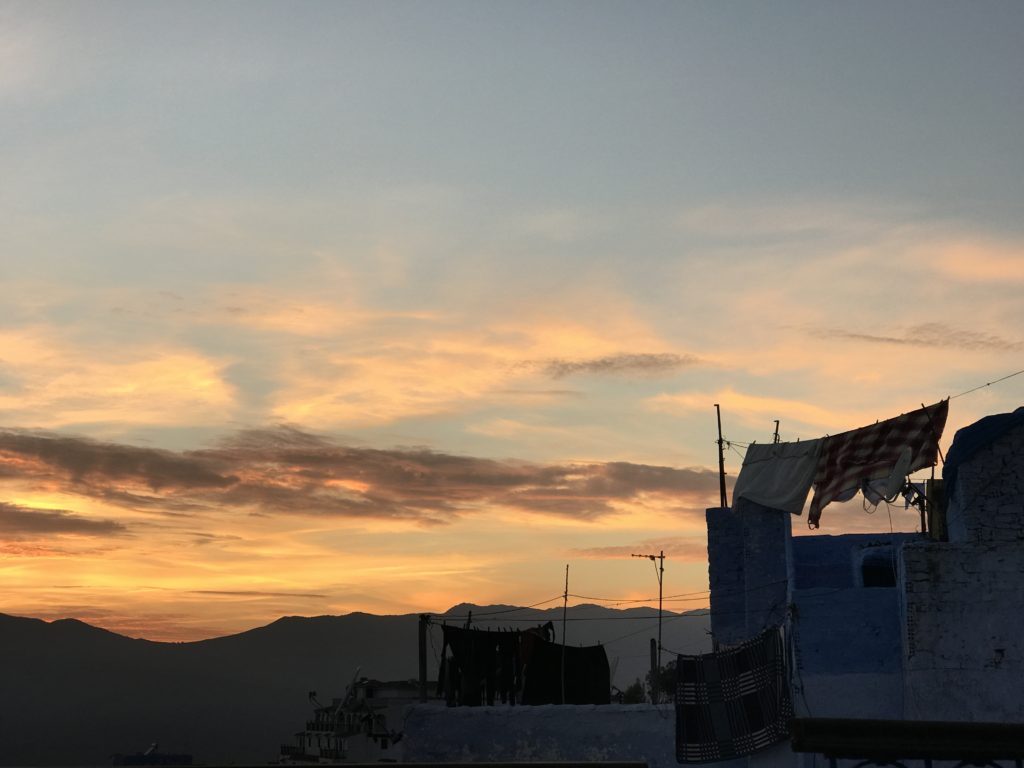
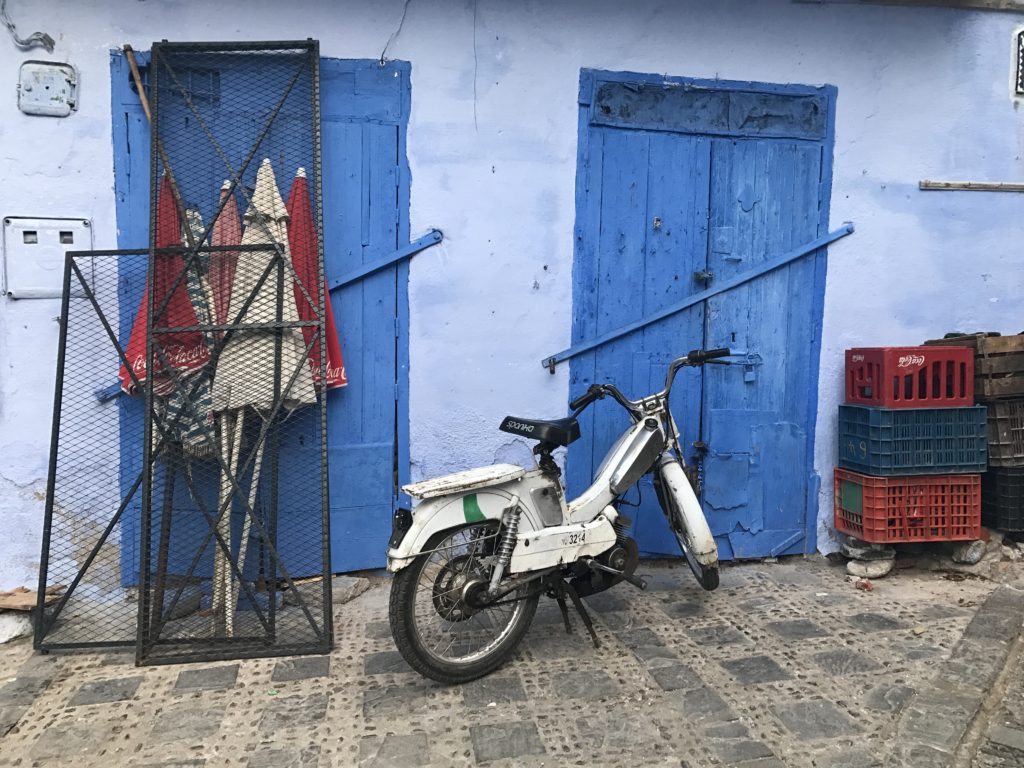
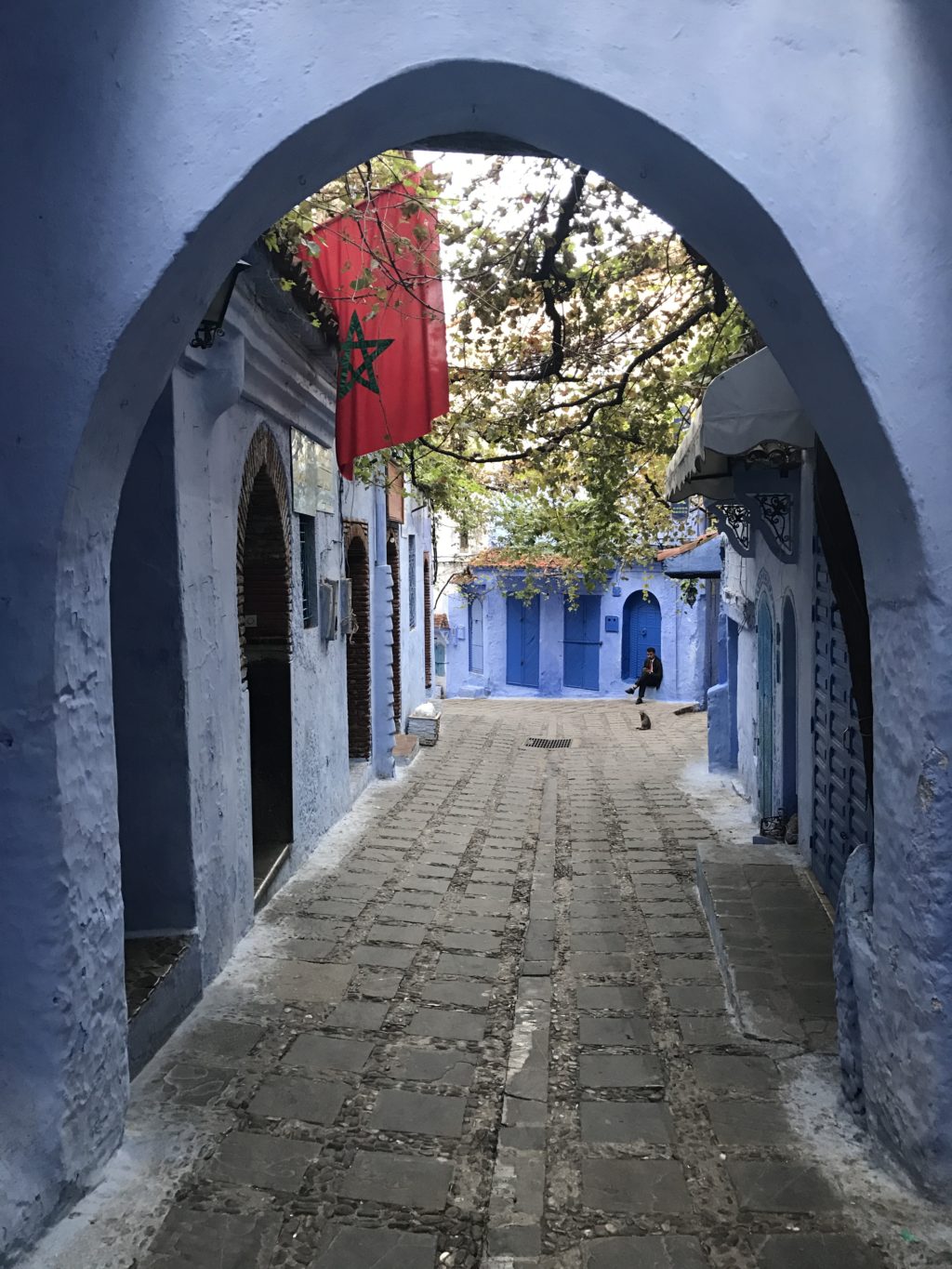
8 comments
ck3vns
yzy93e
jgorl3
4w8dux
8d3kdx
1zwfsz
7rgfn9
ytr47x